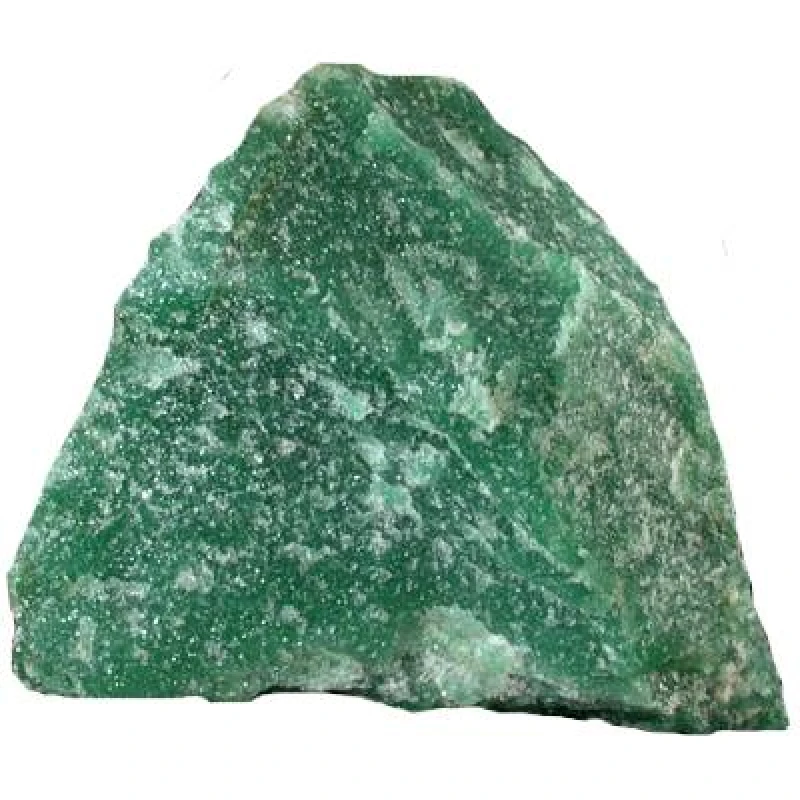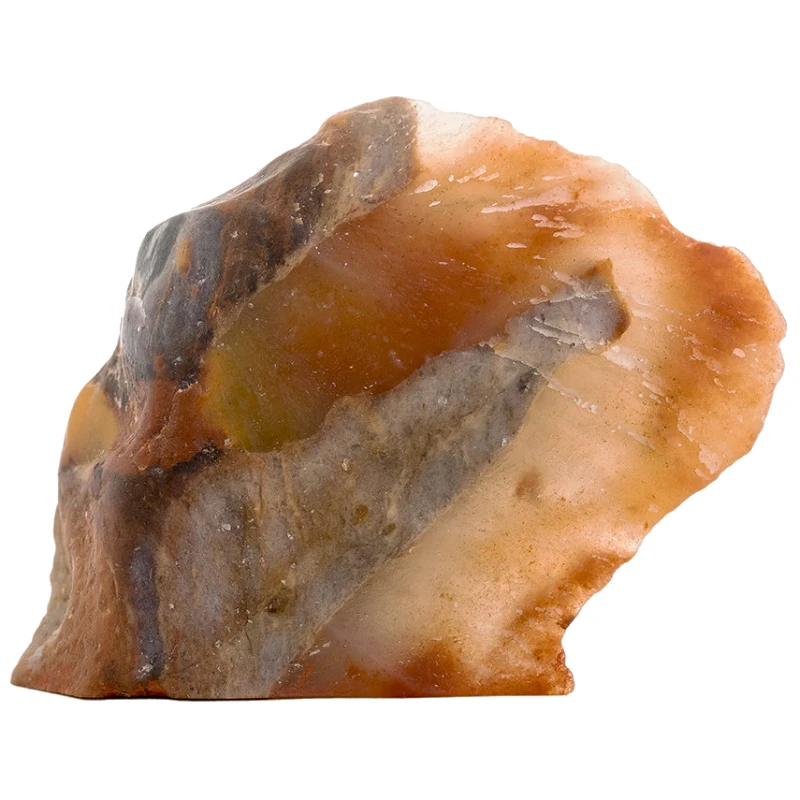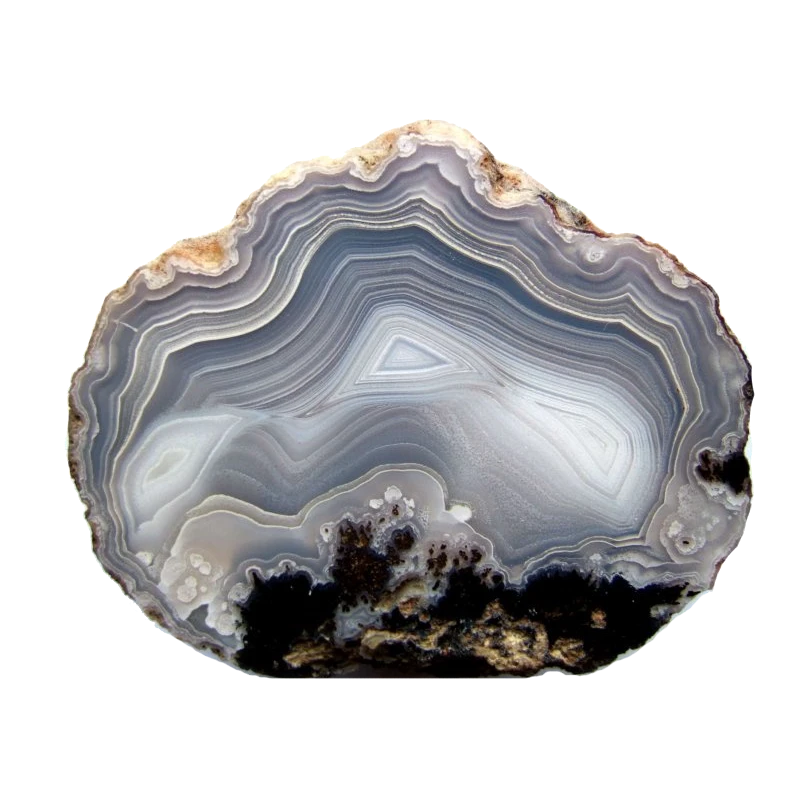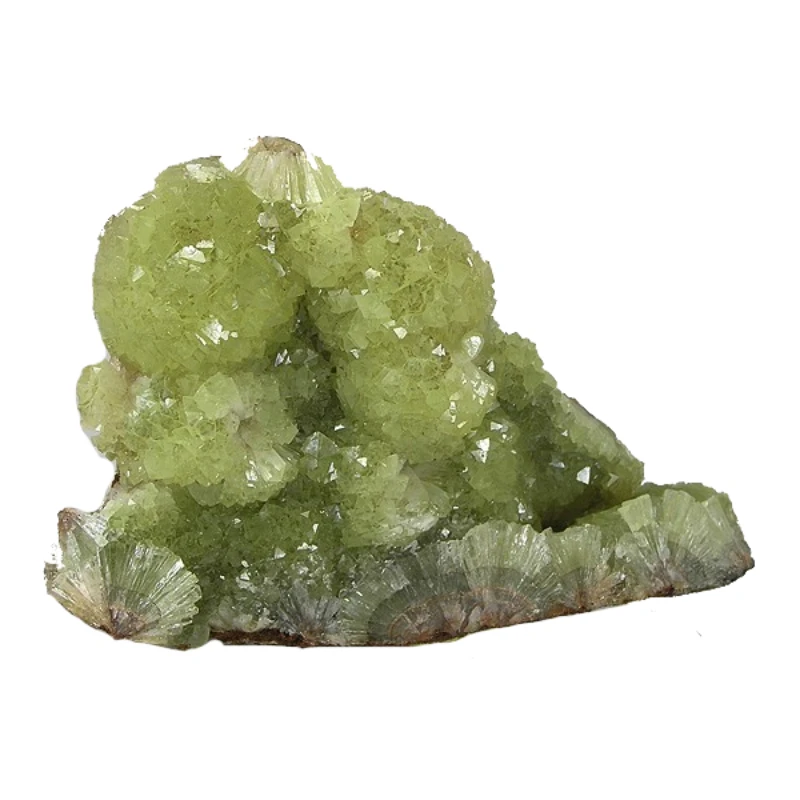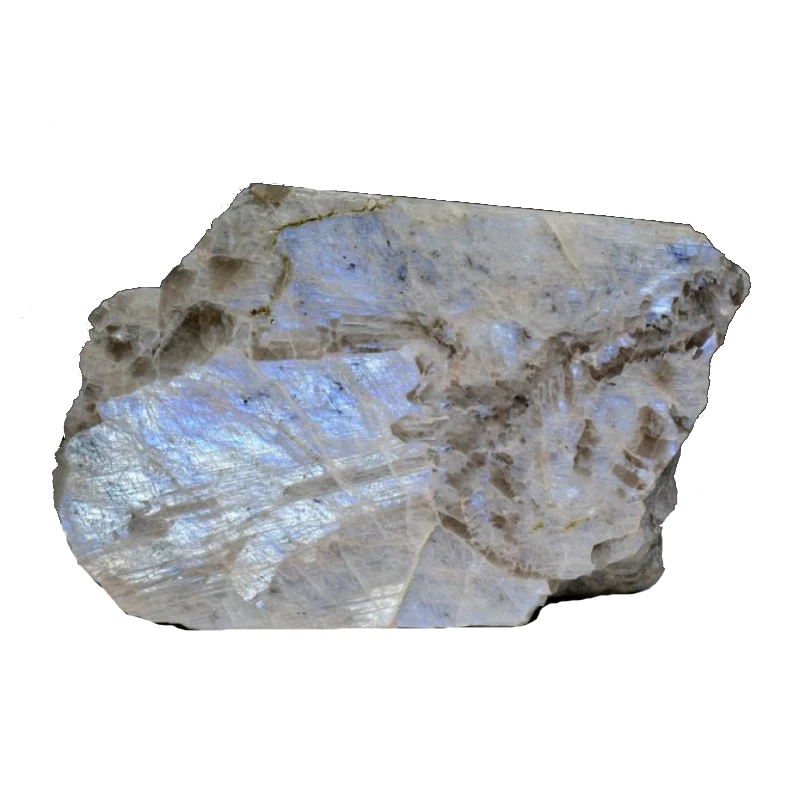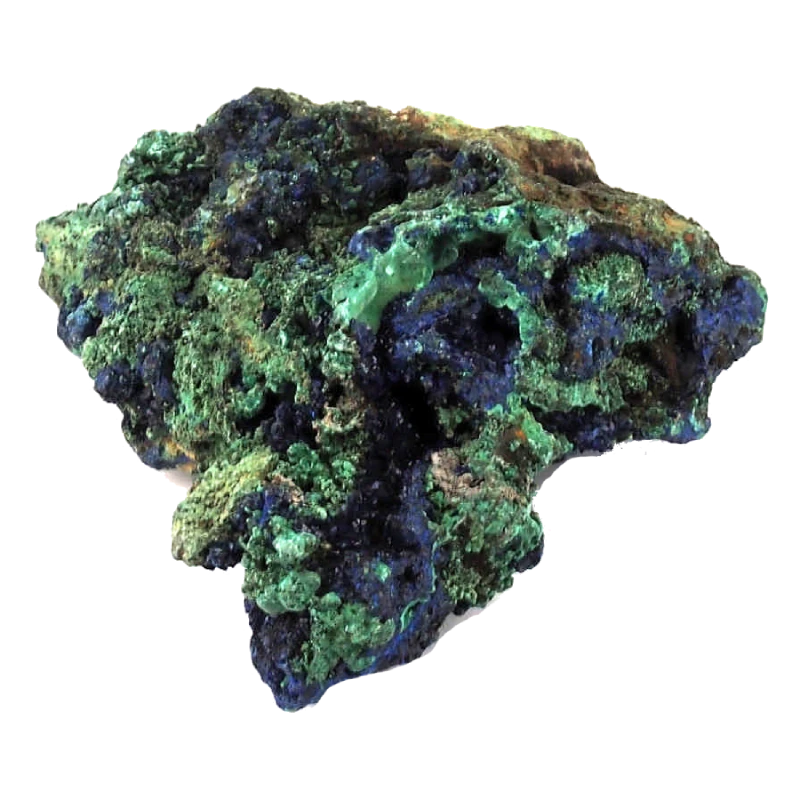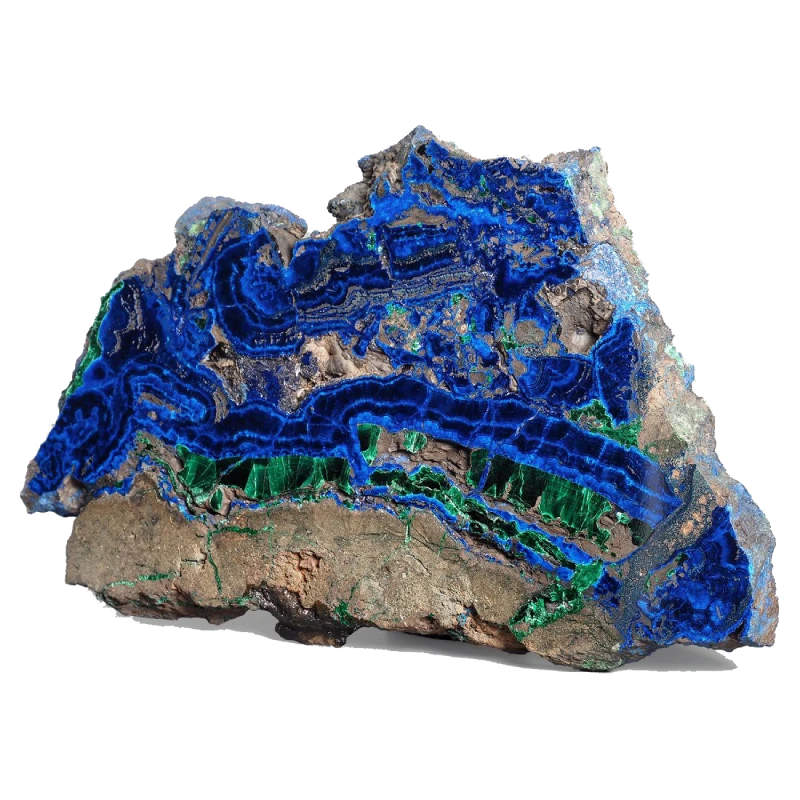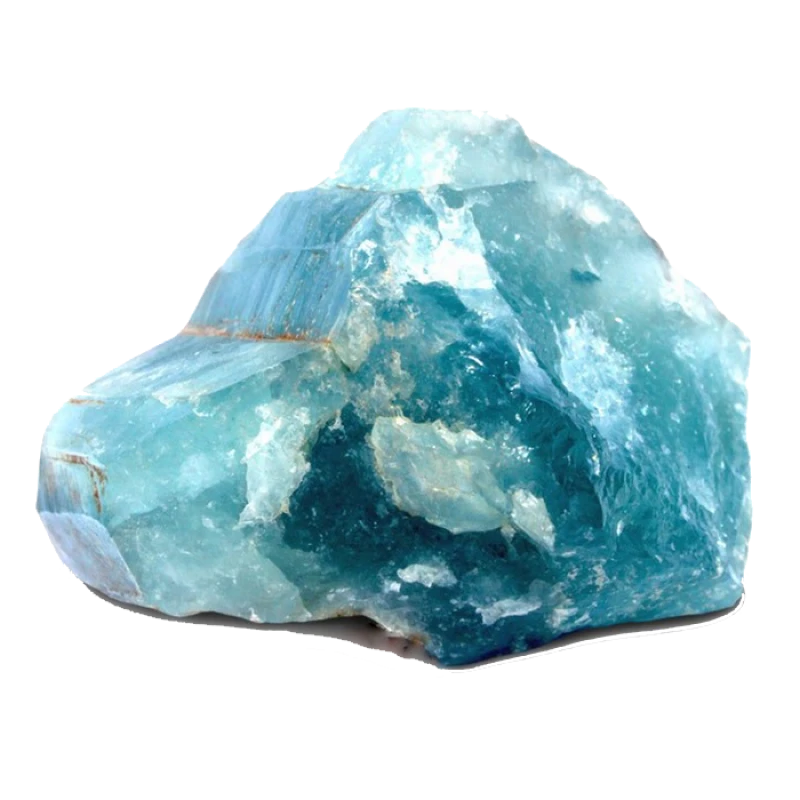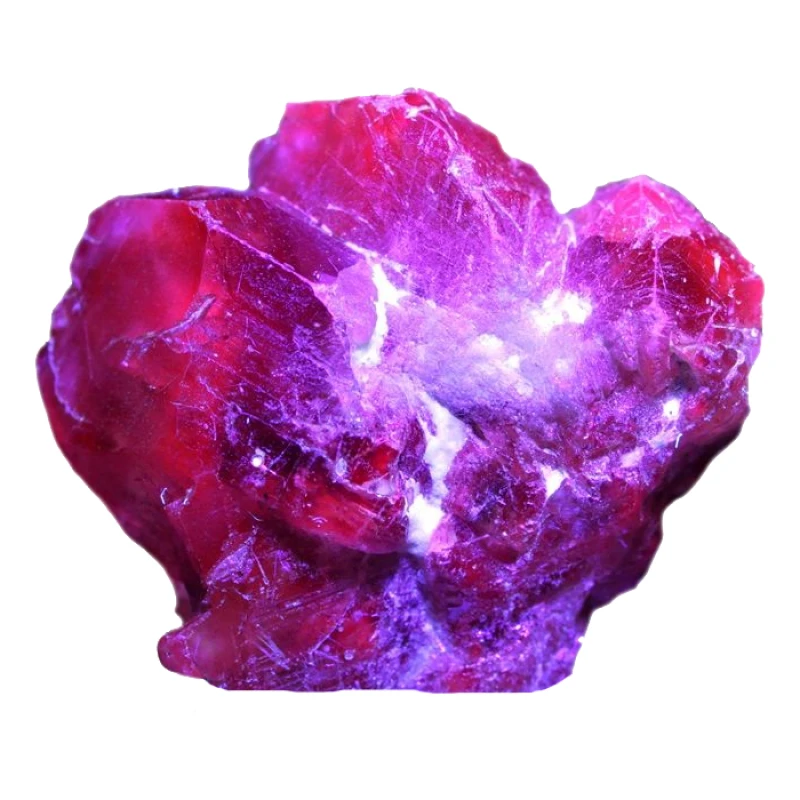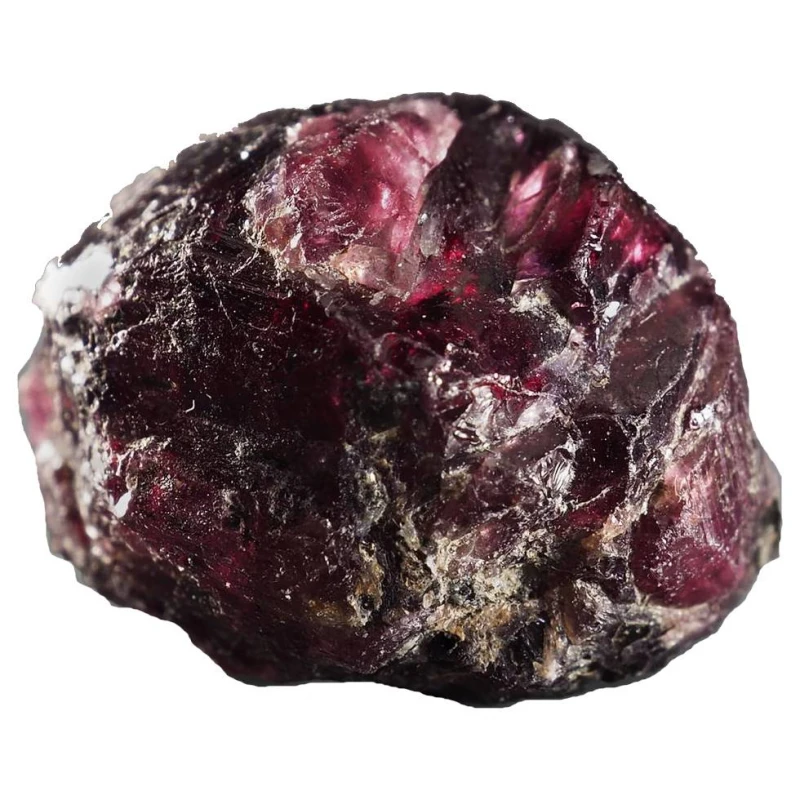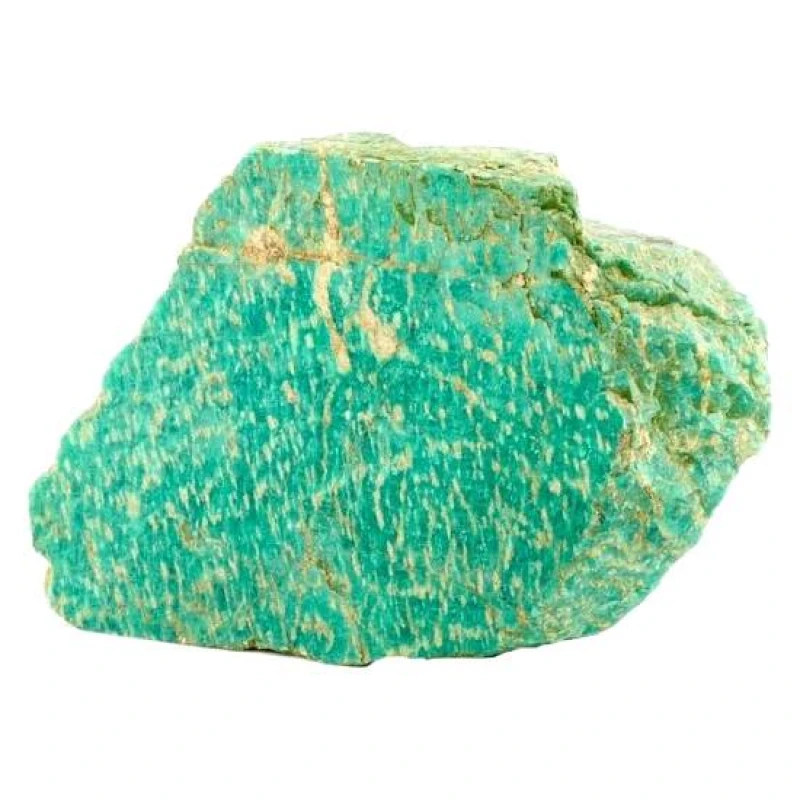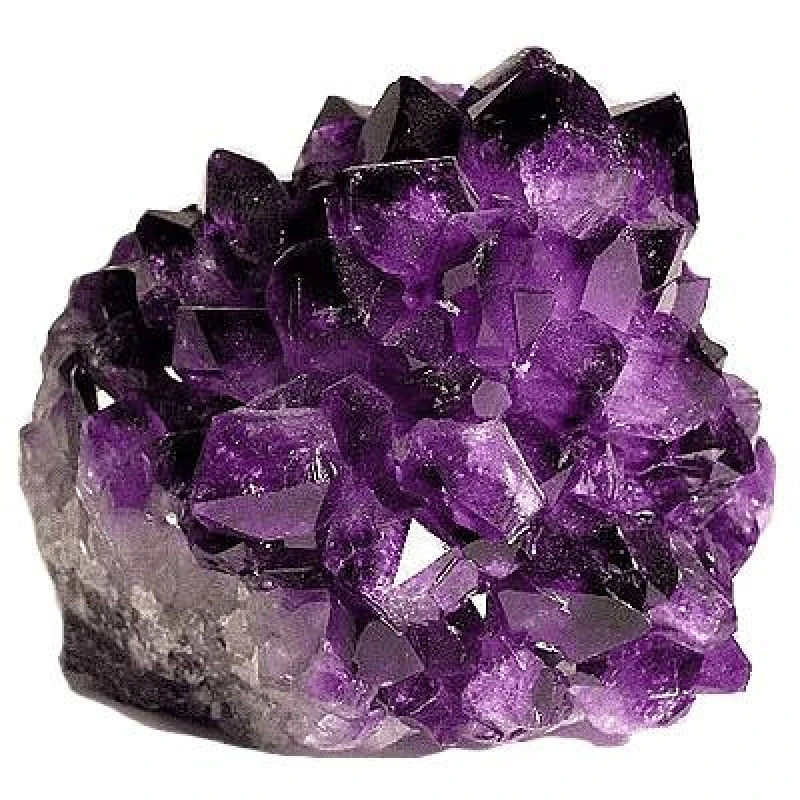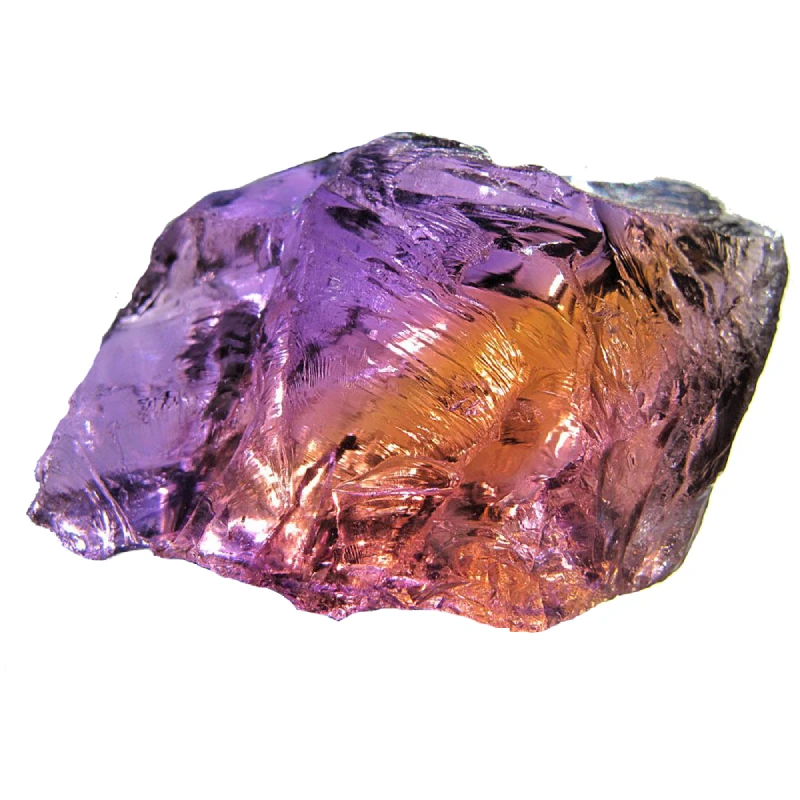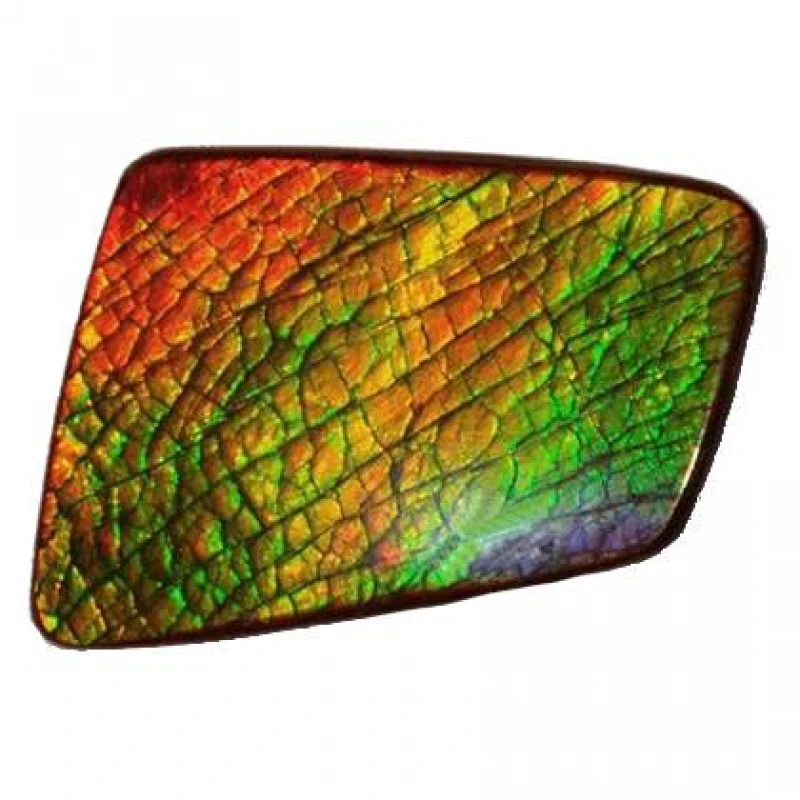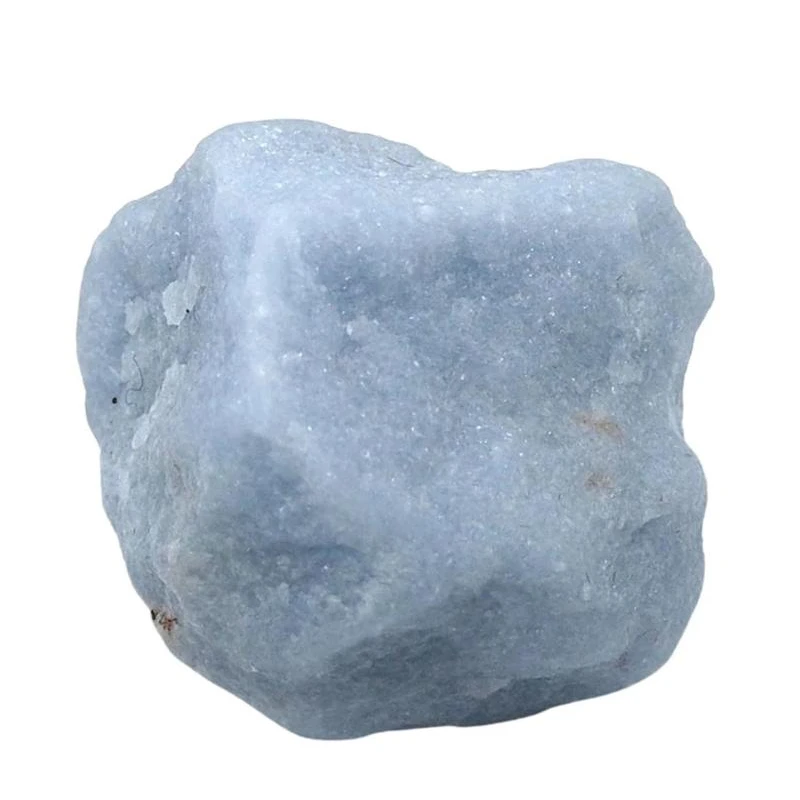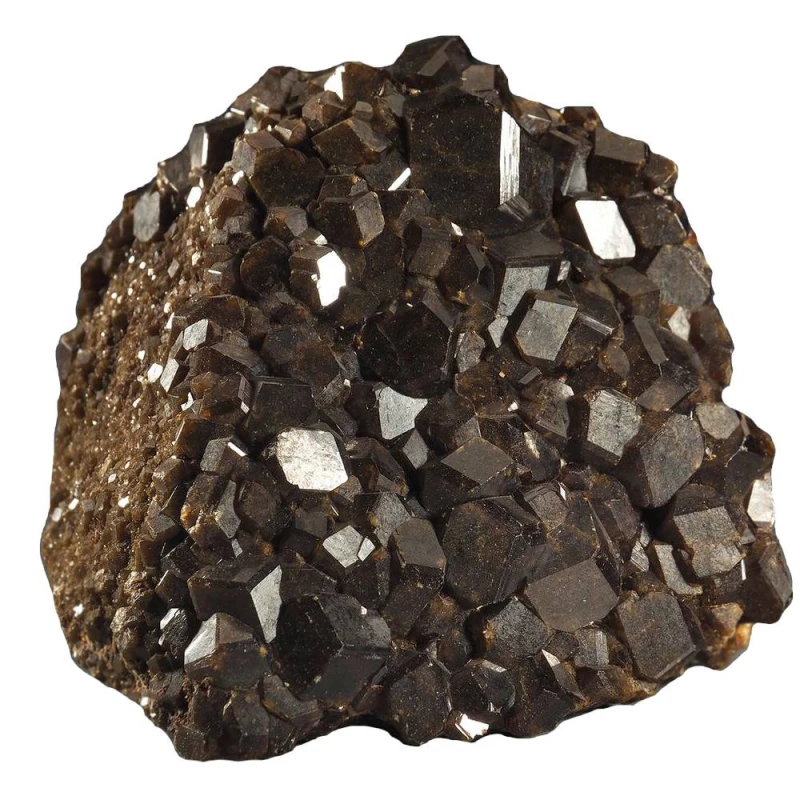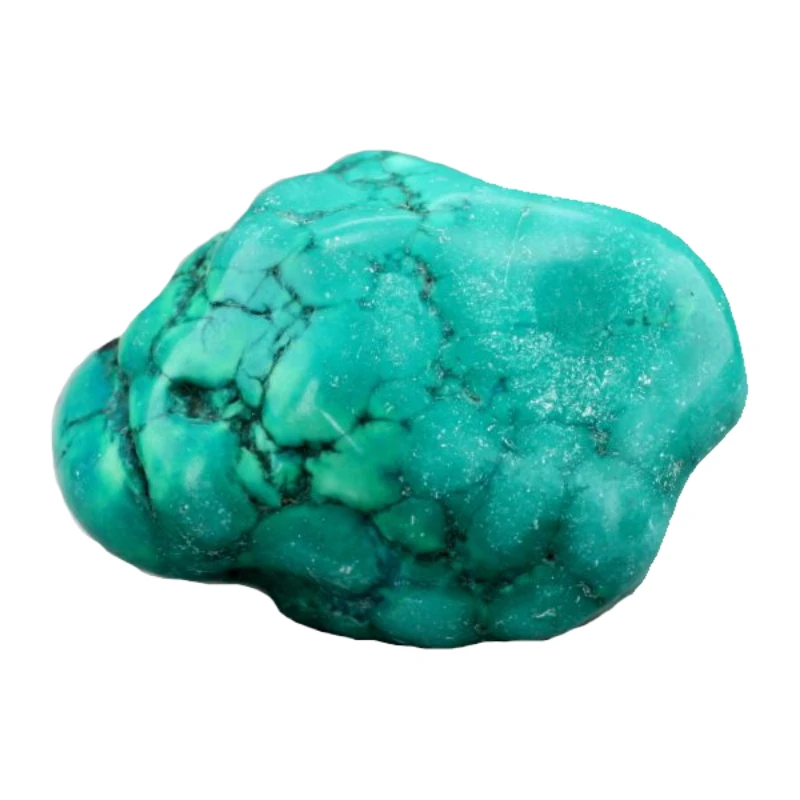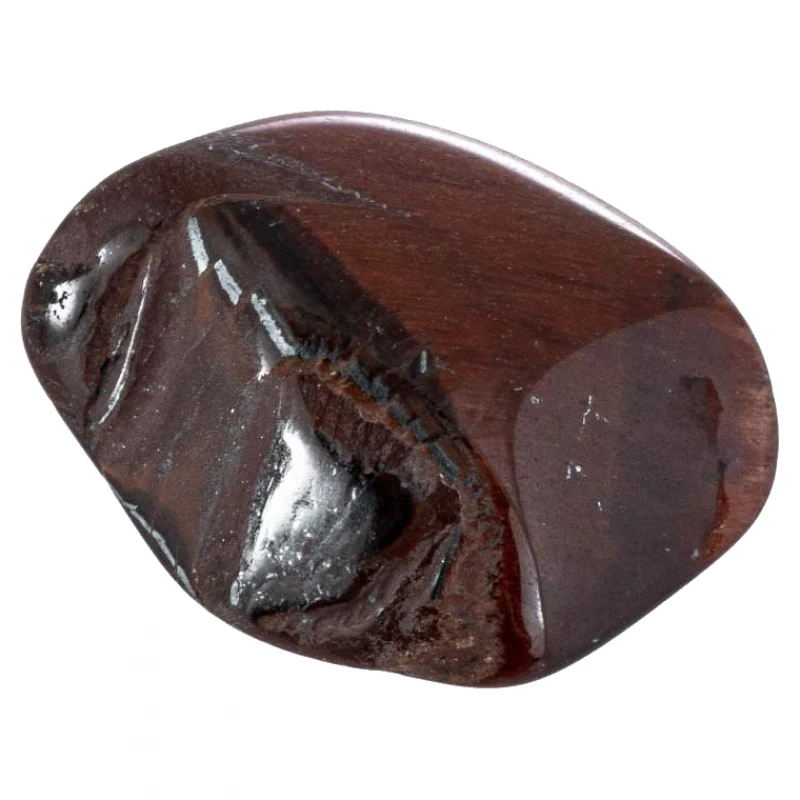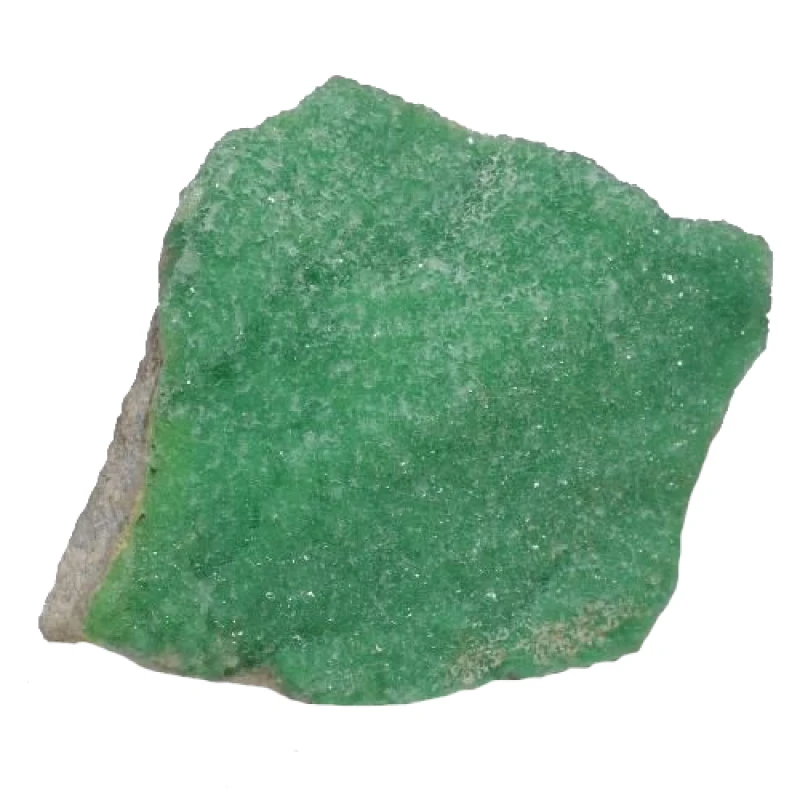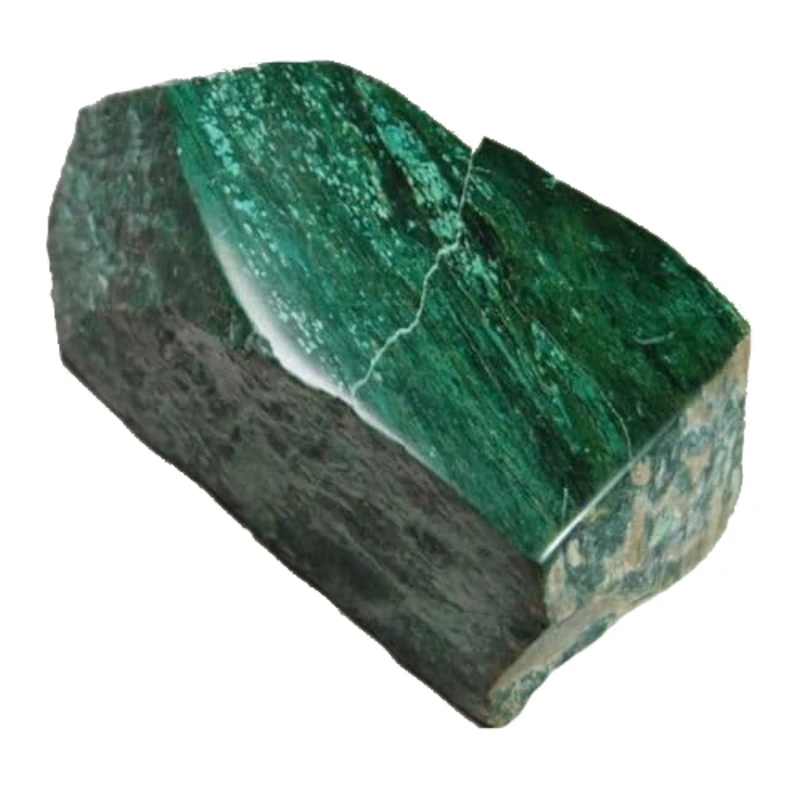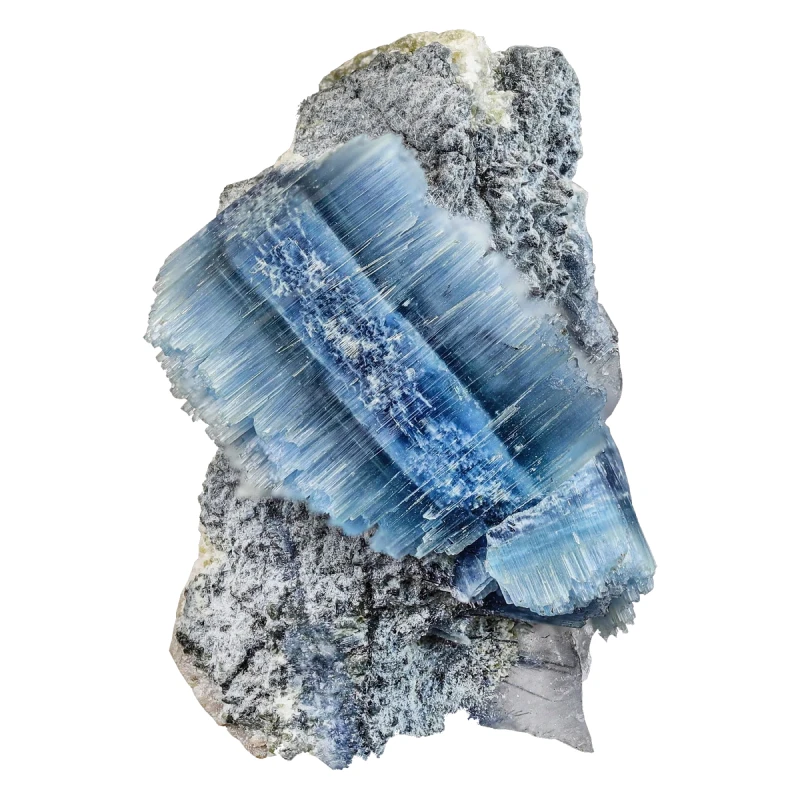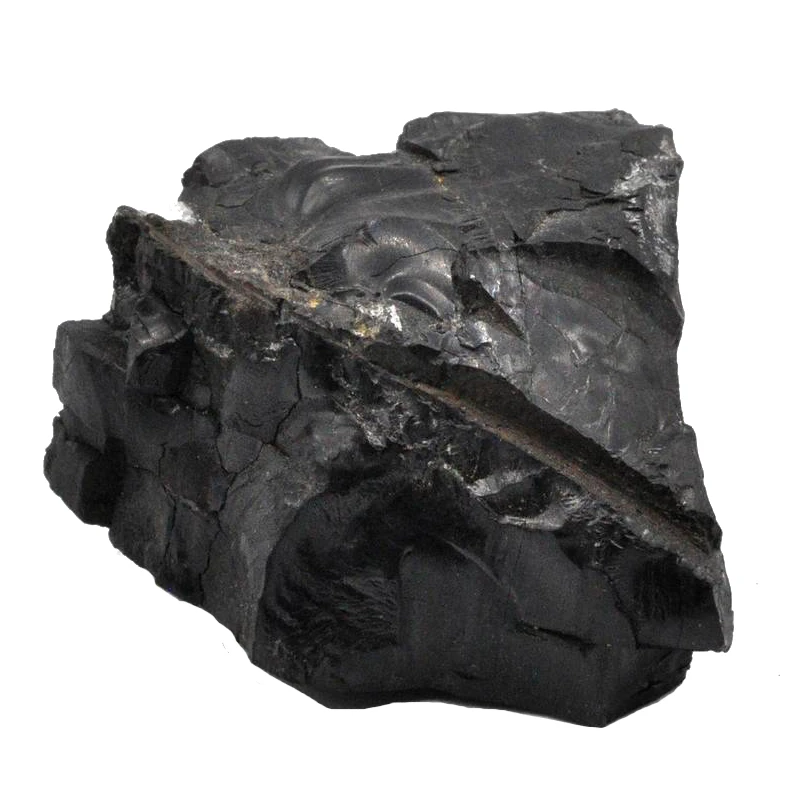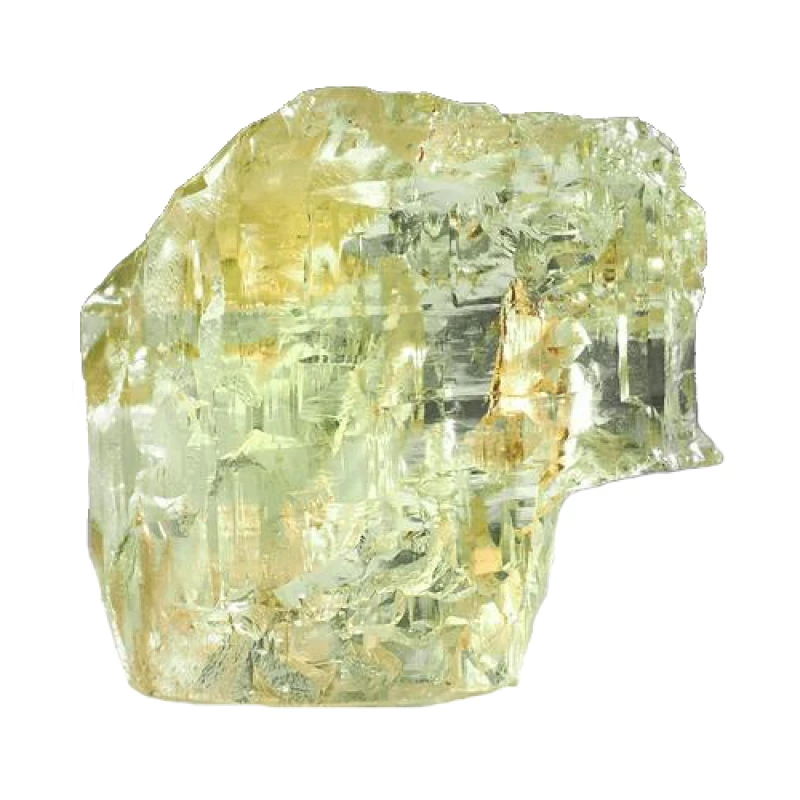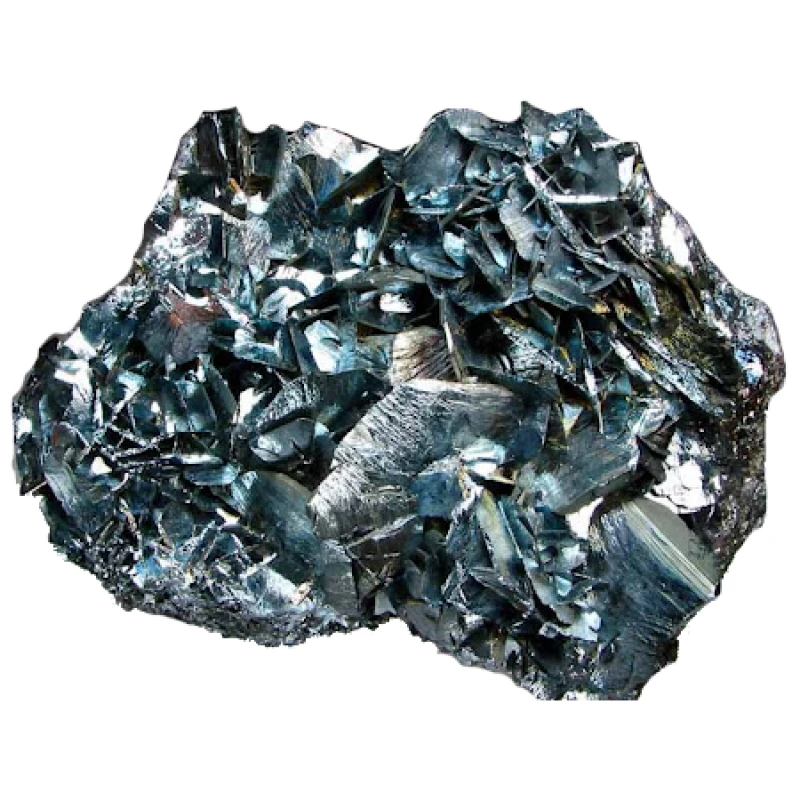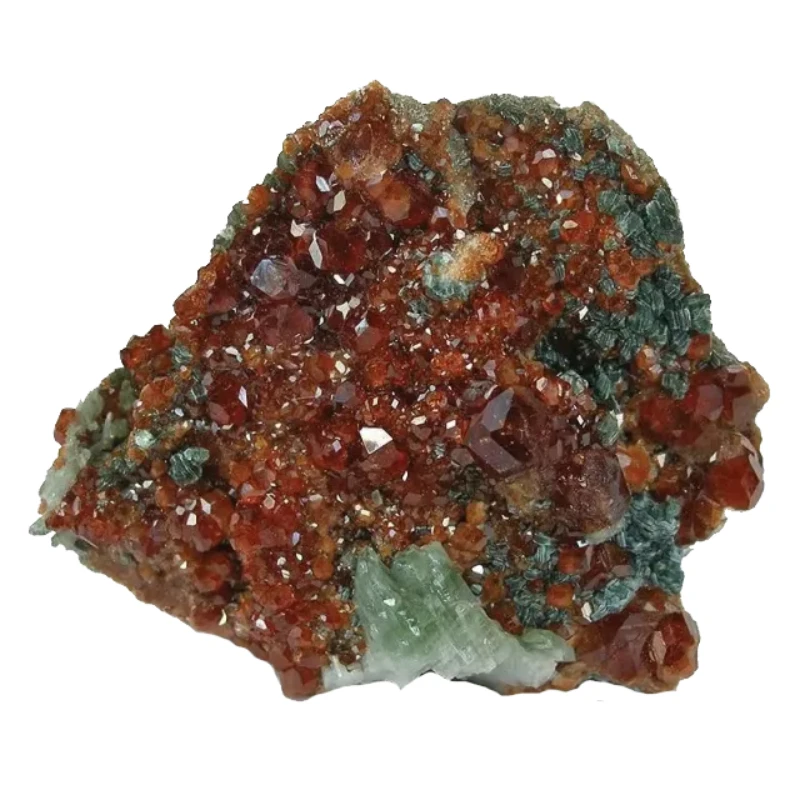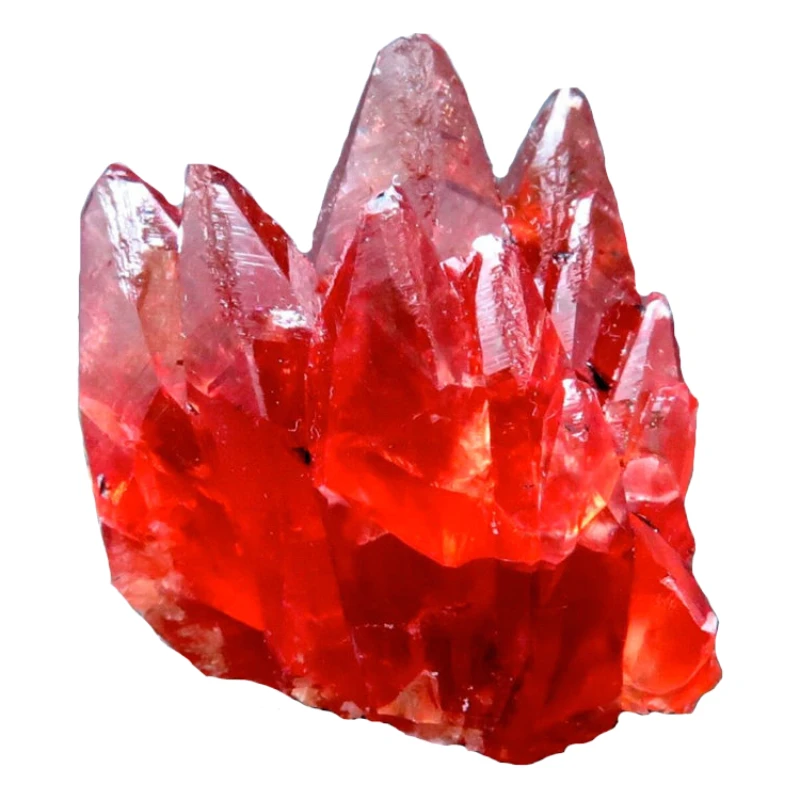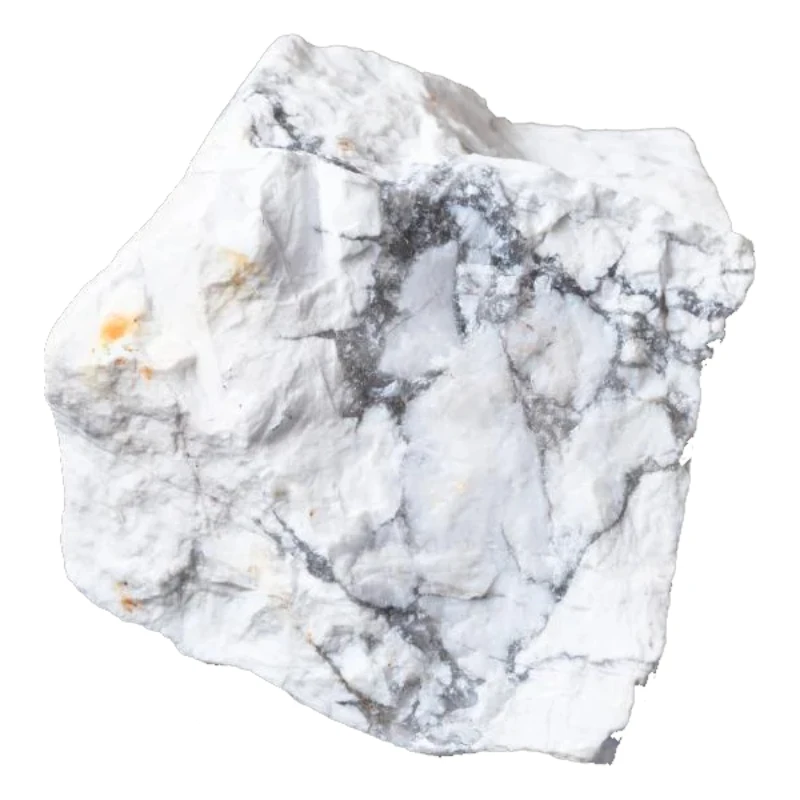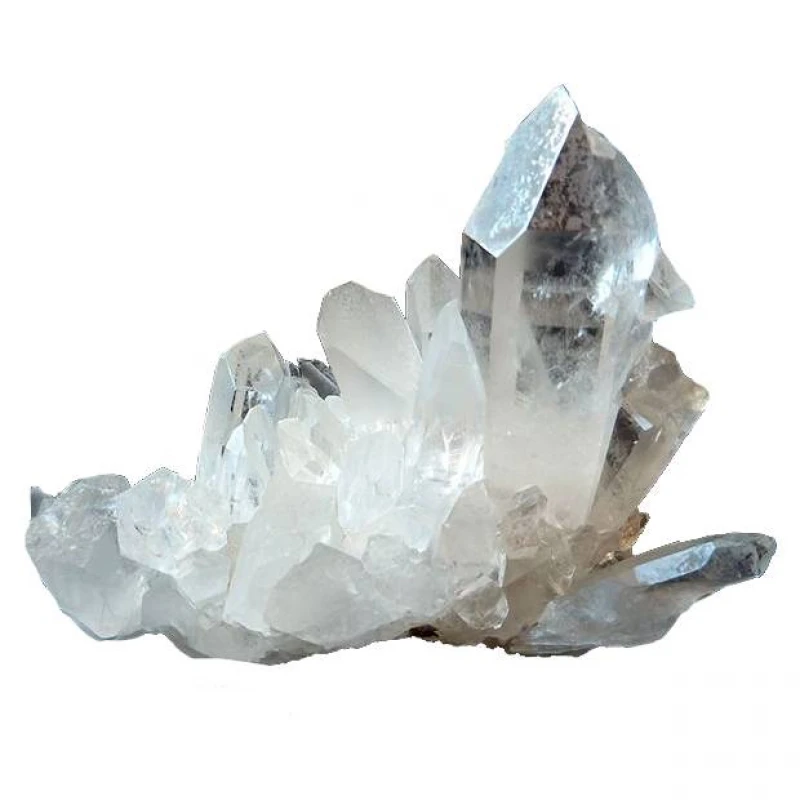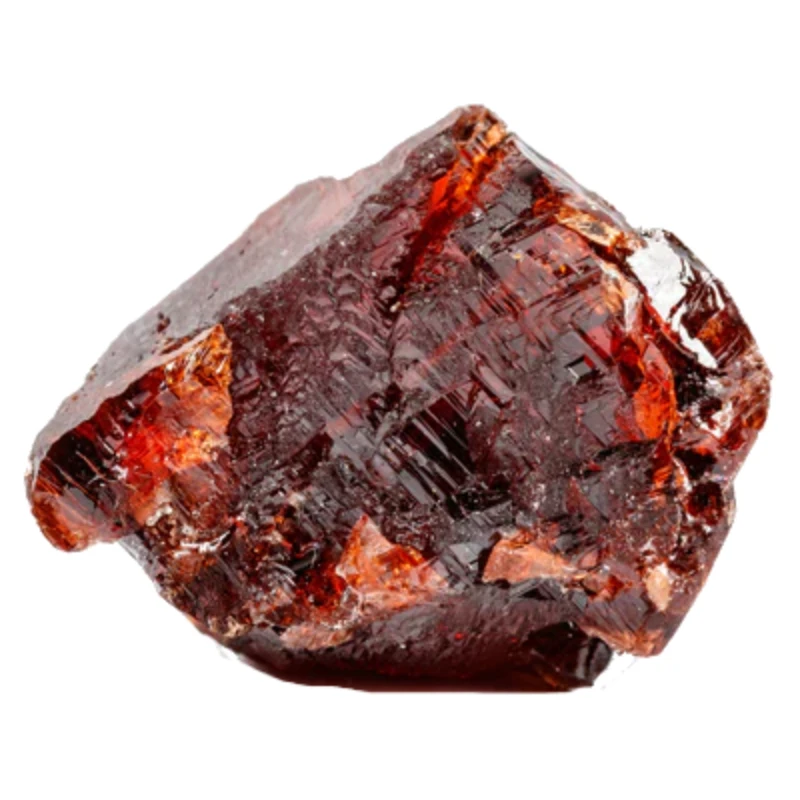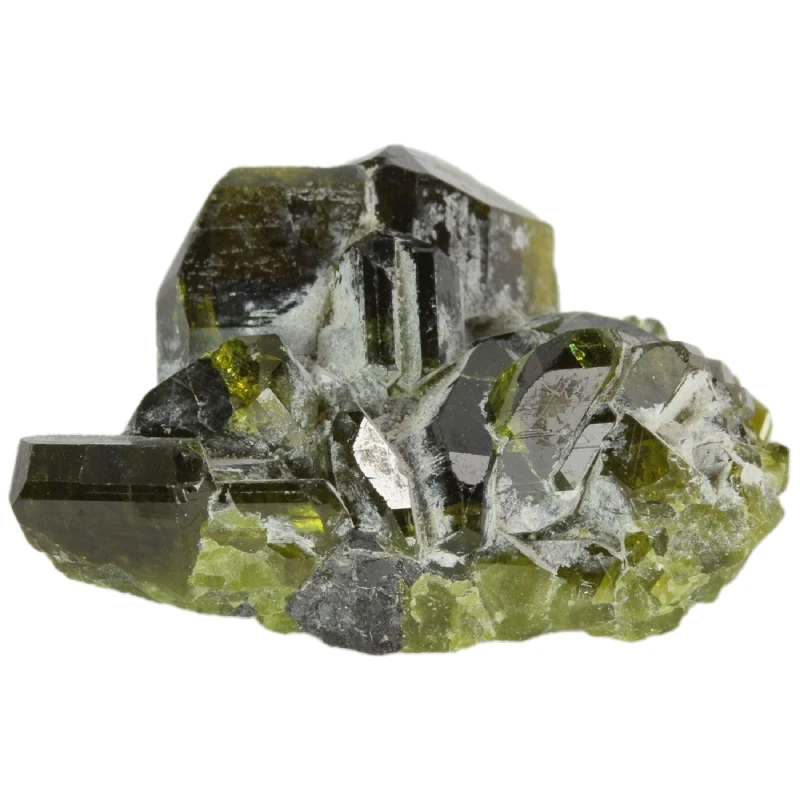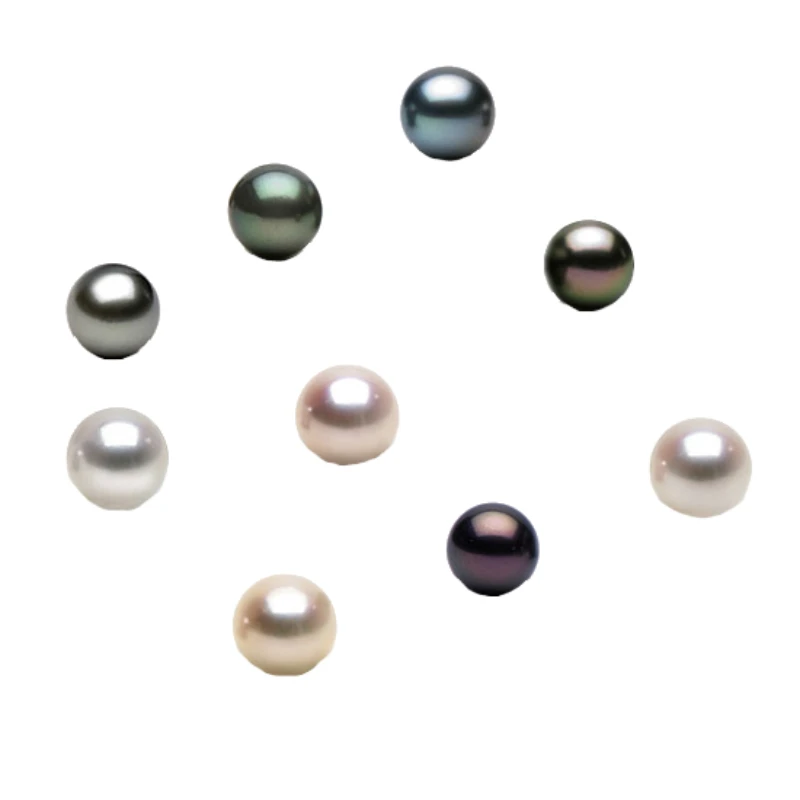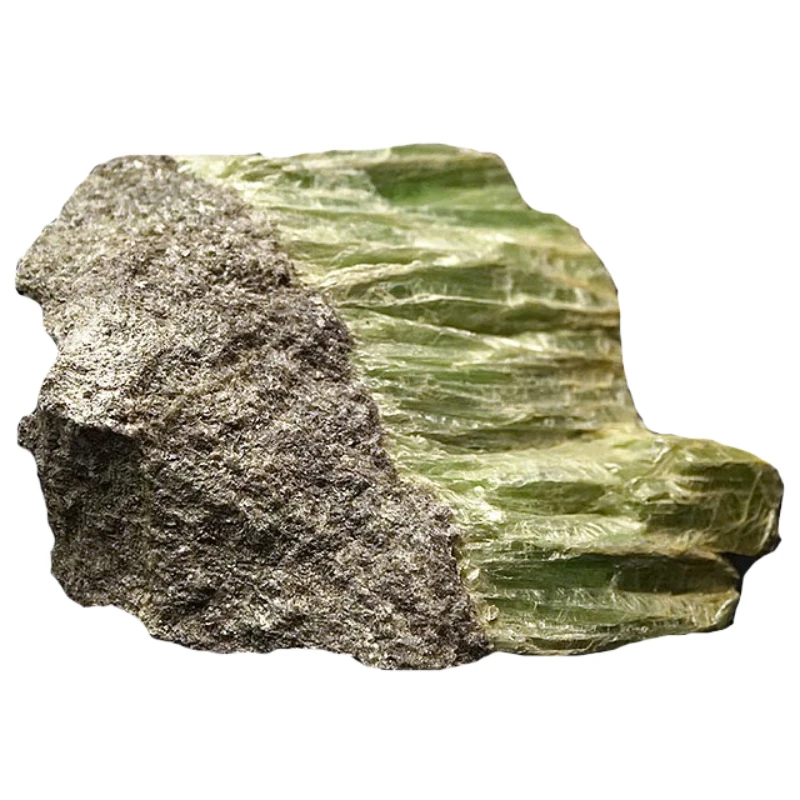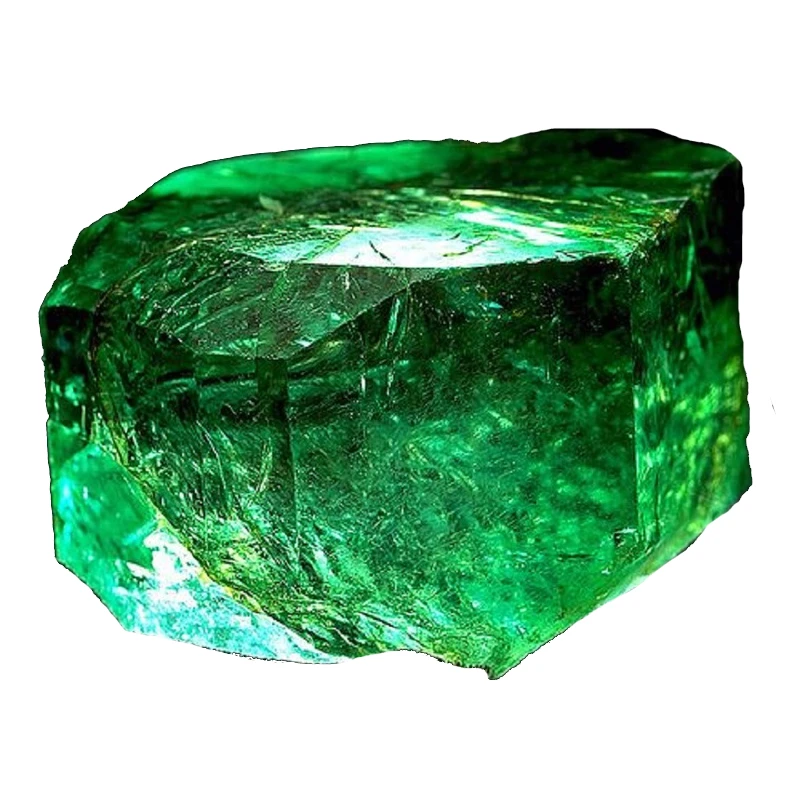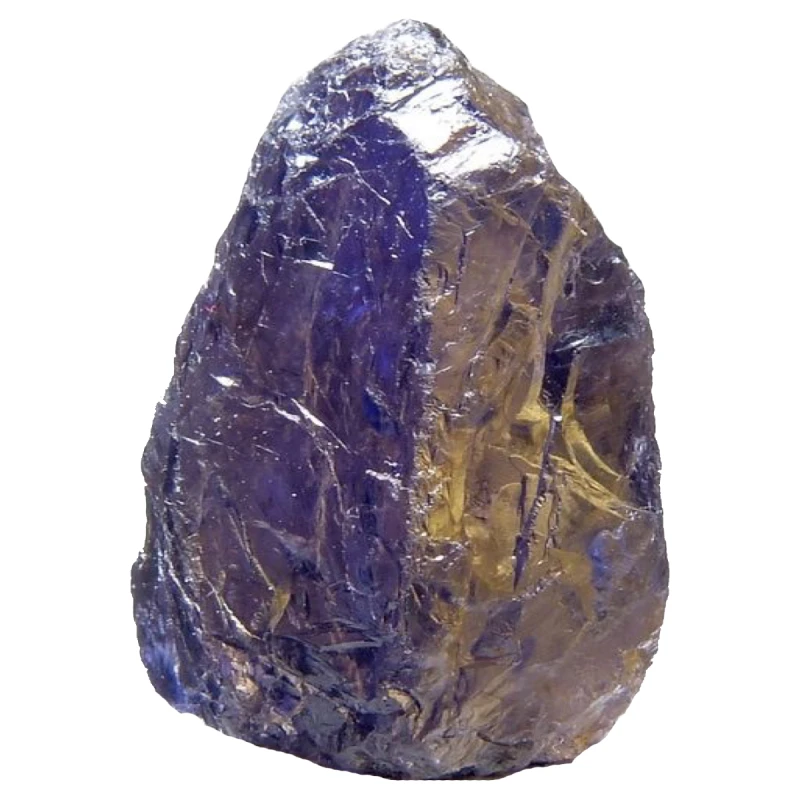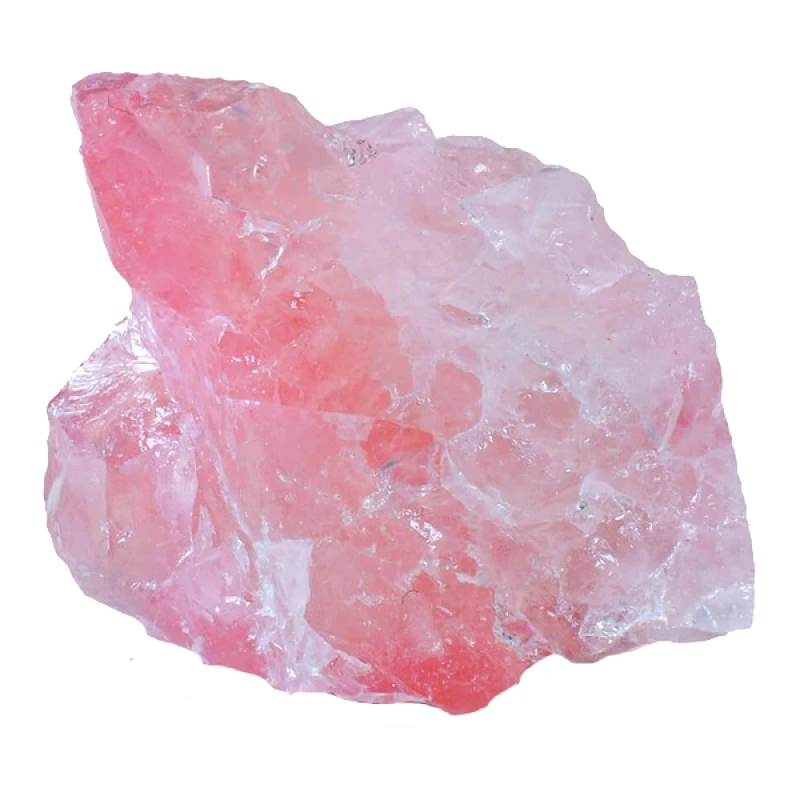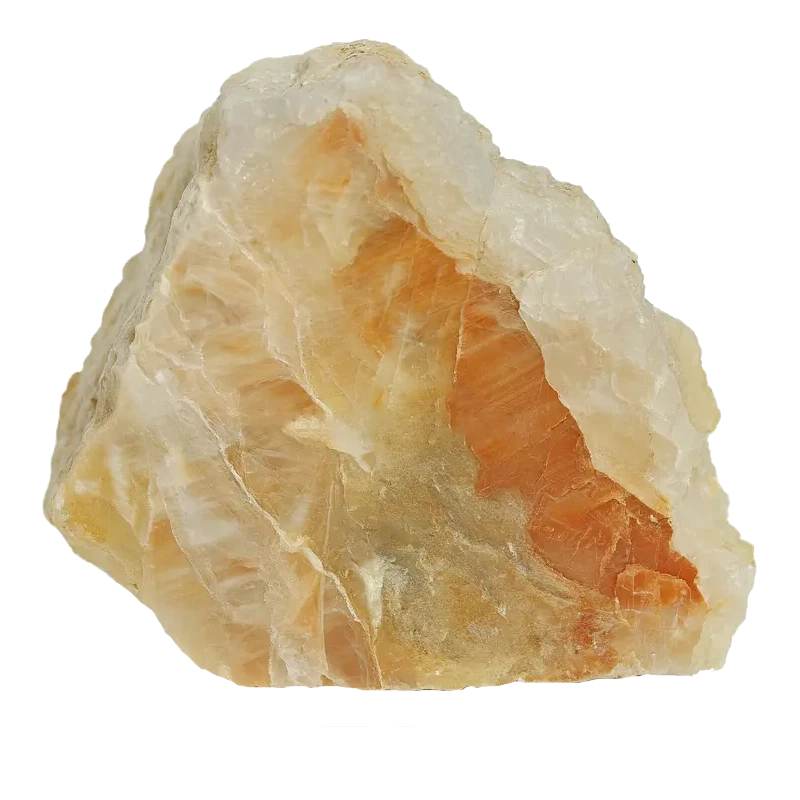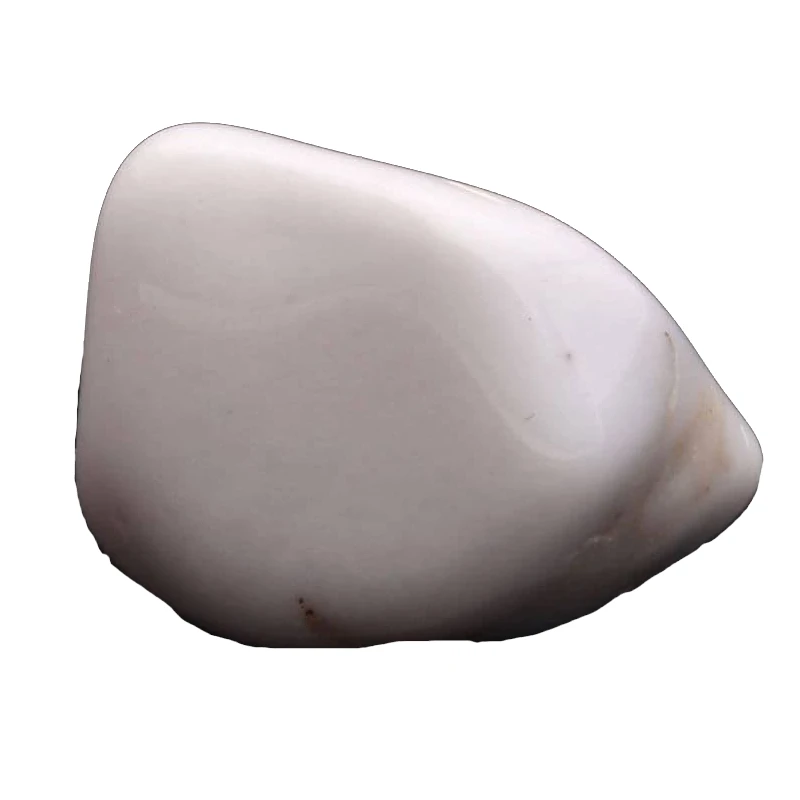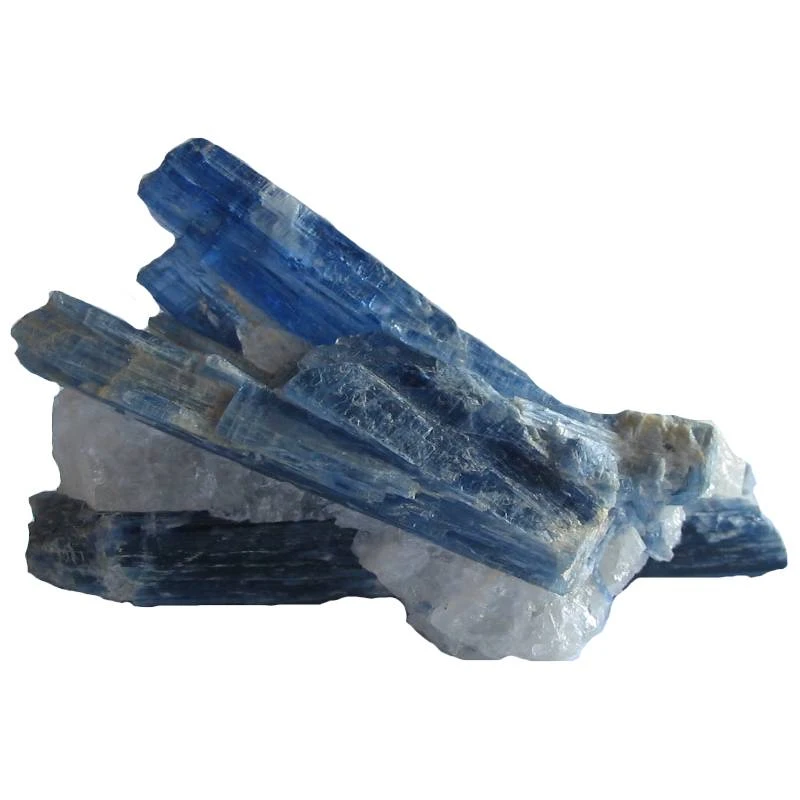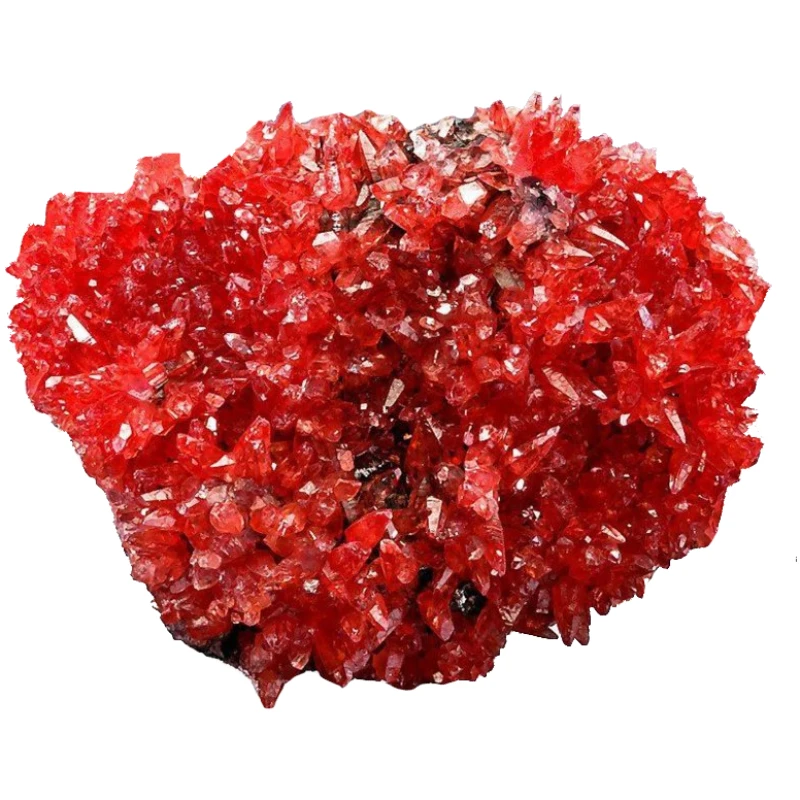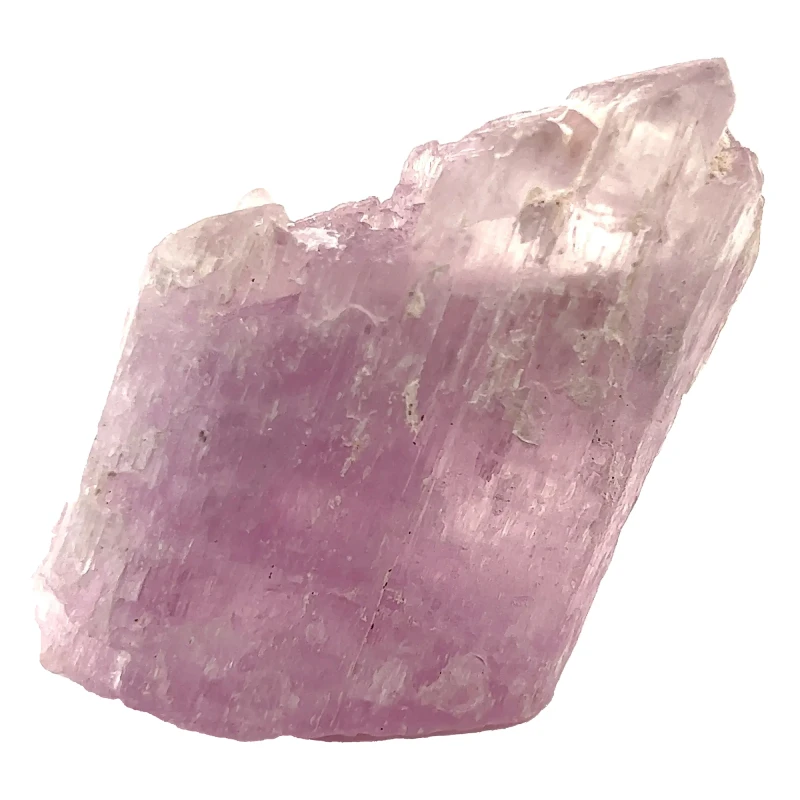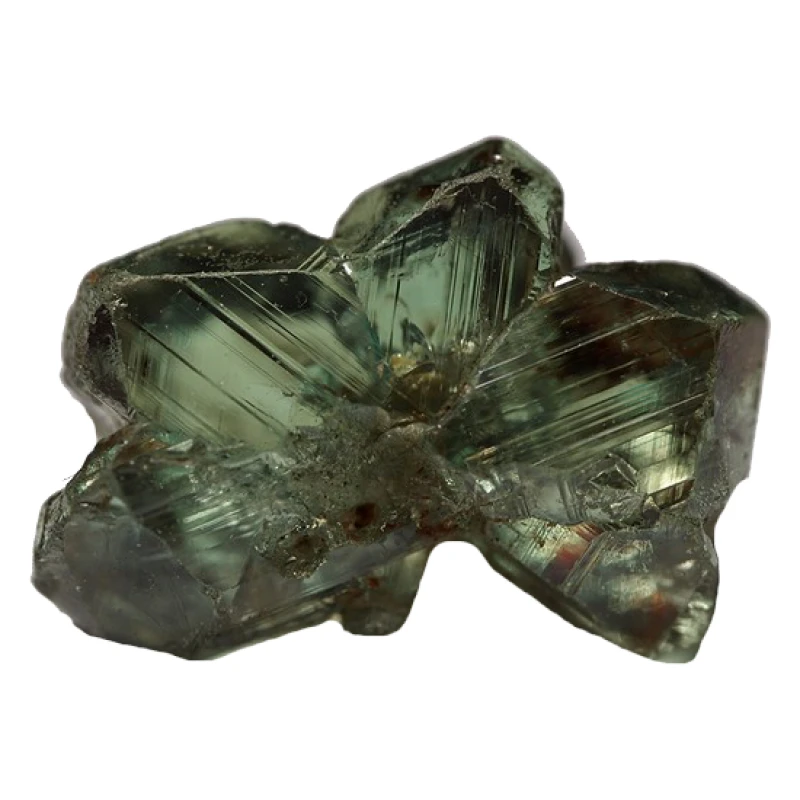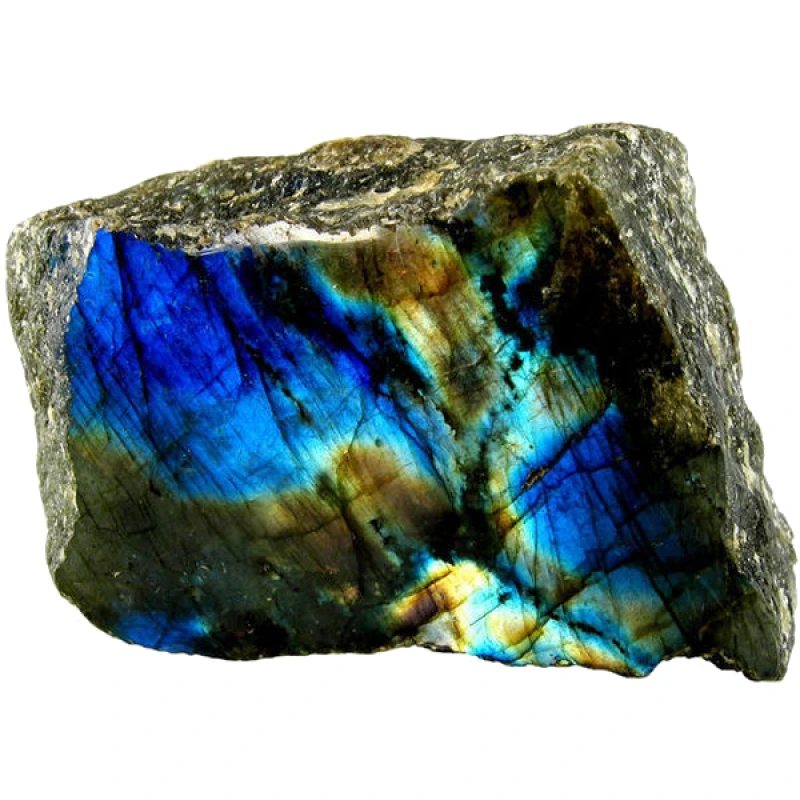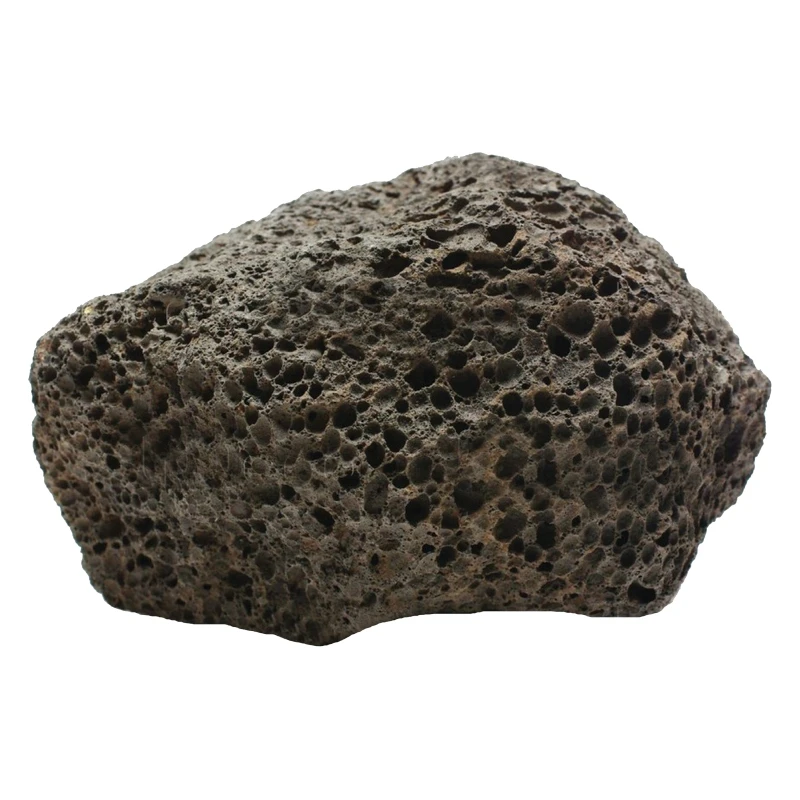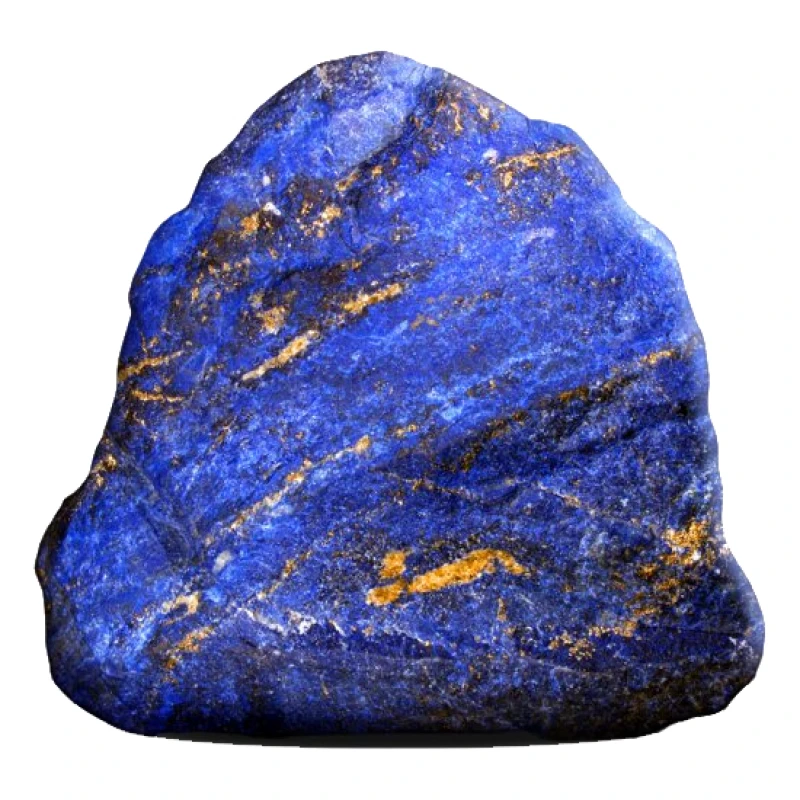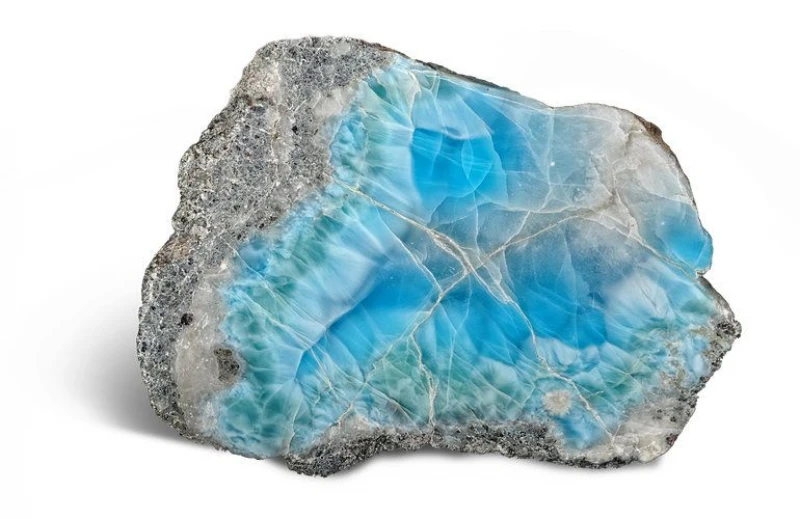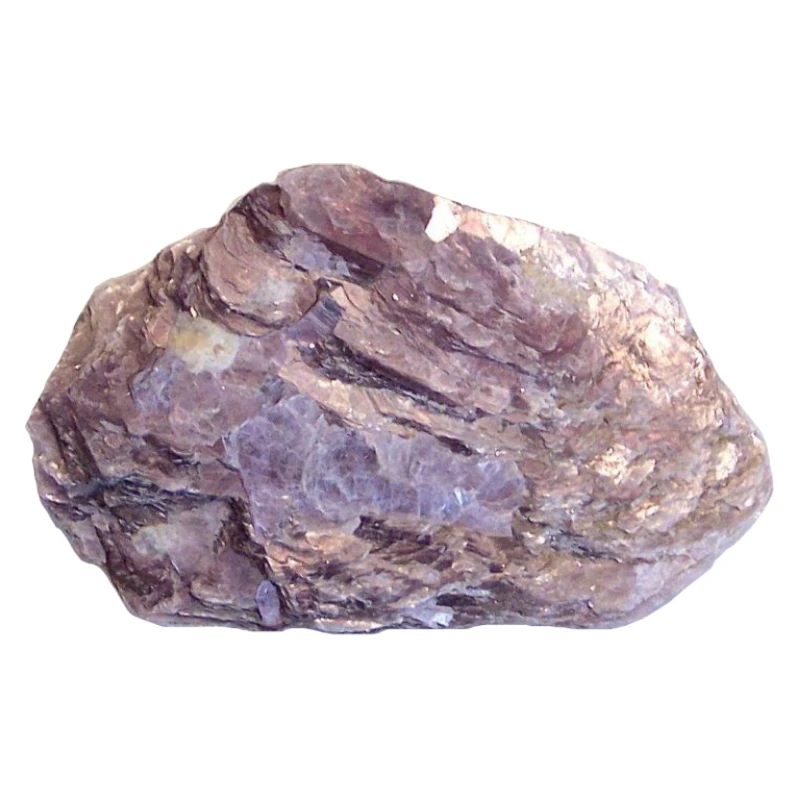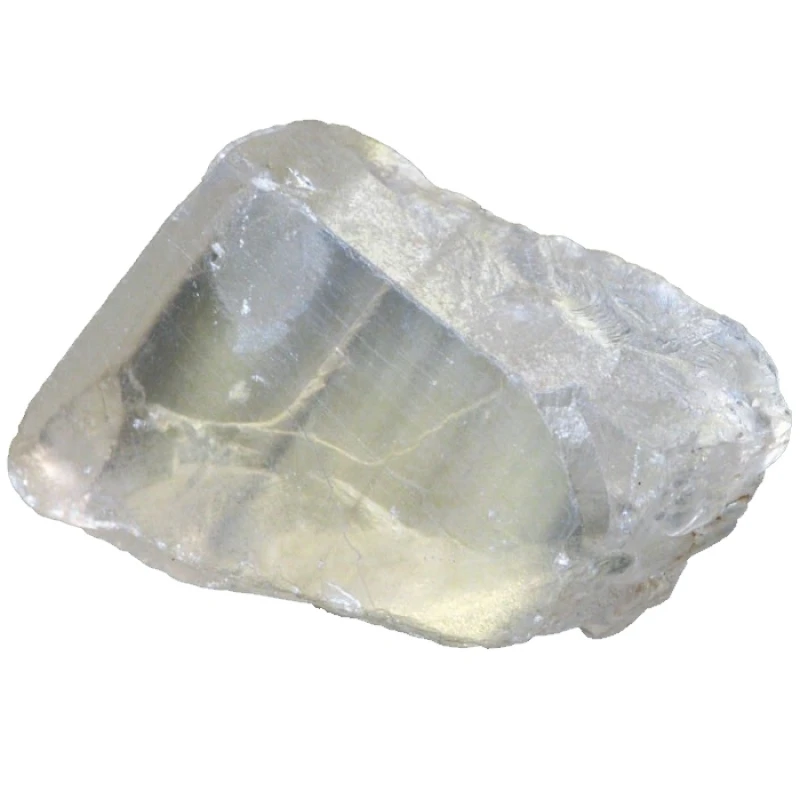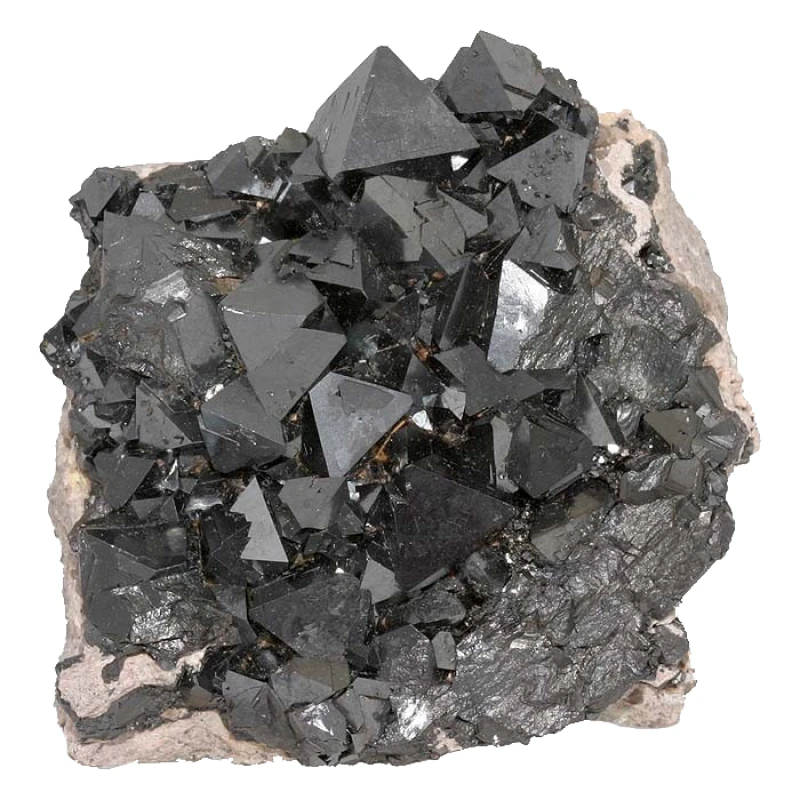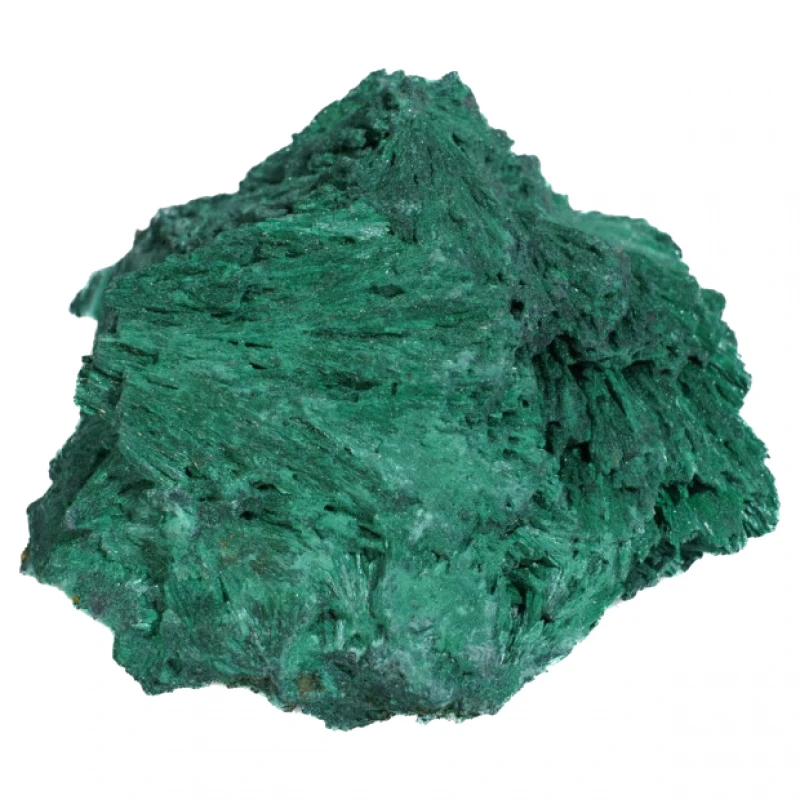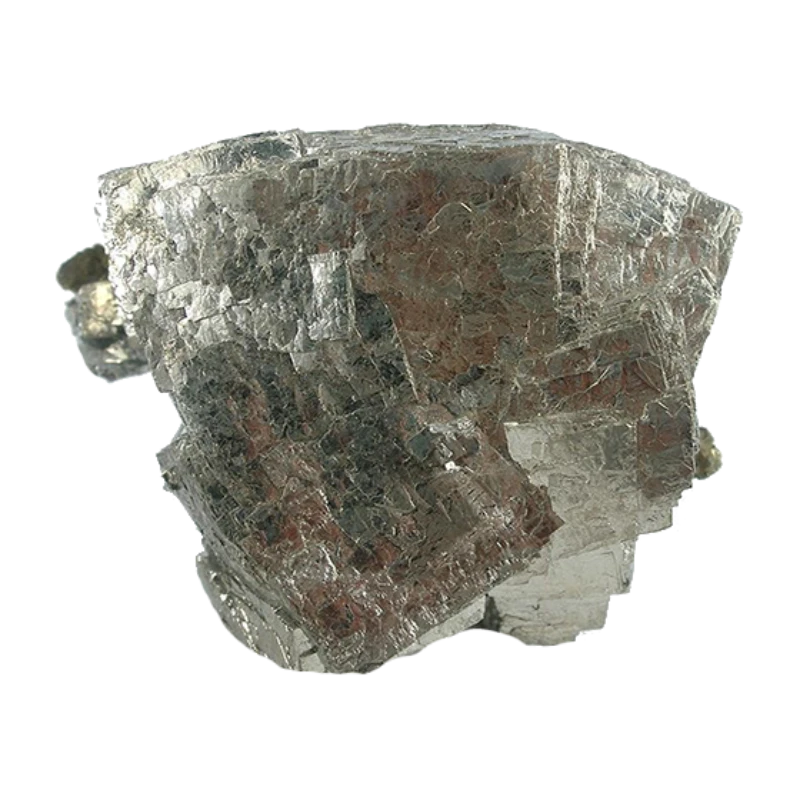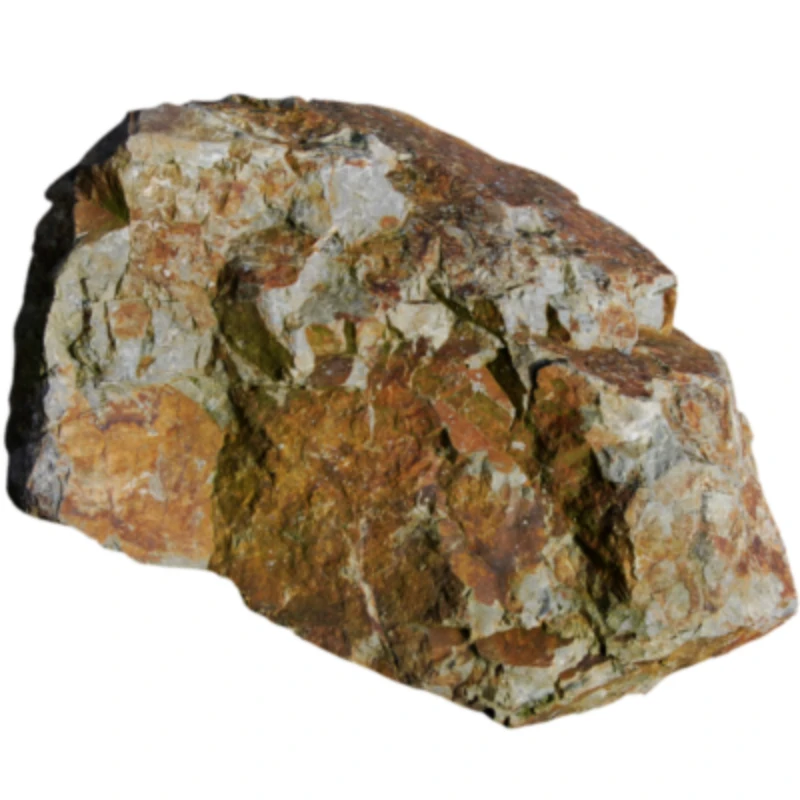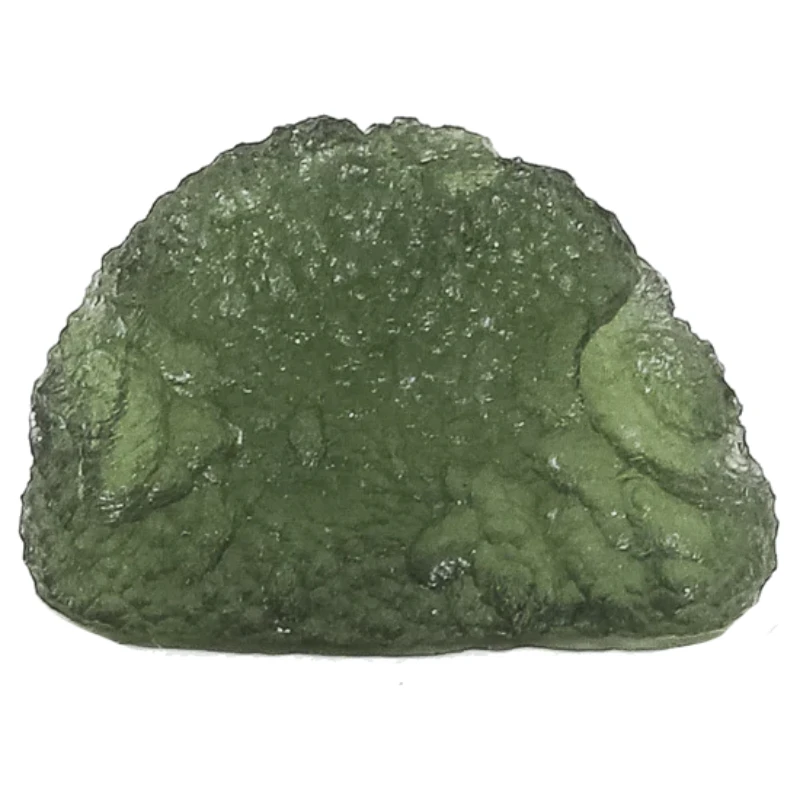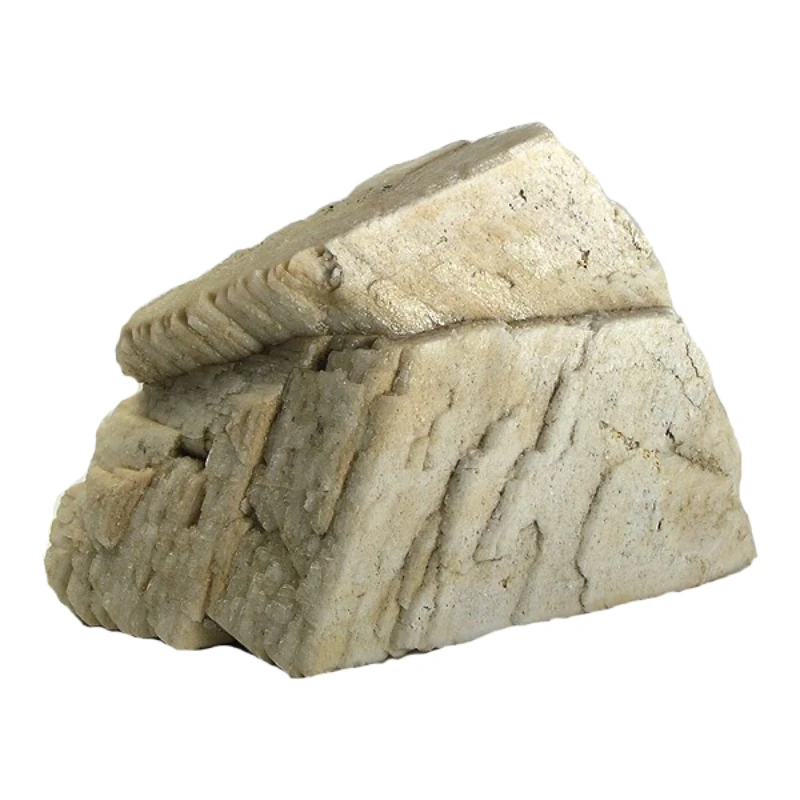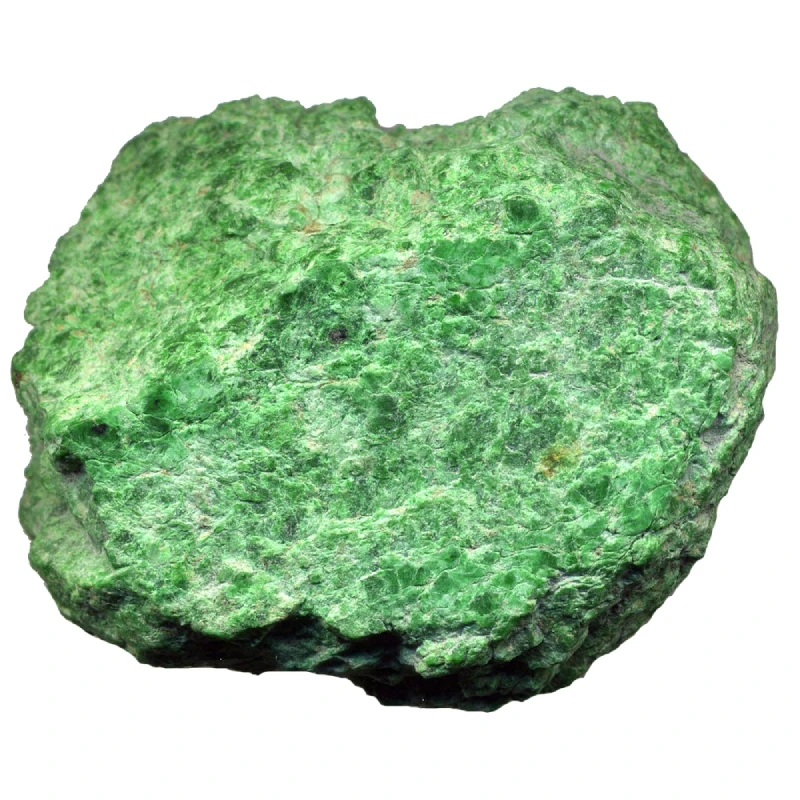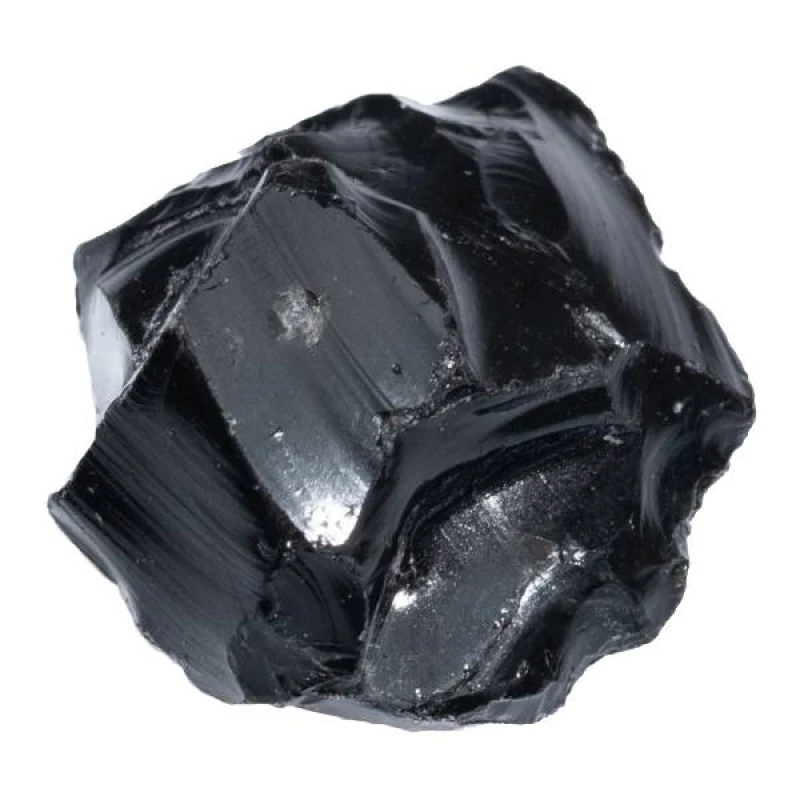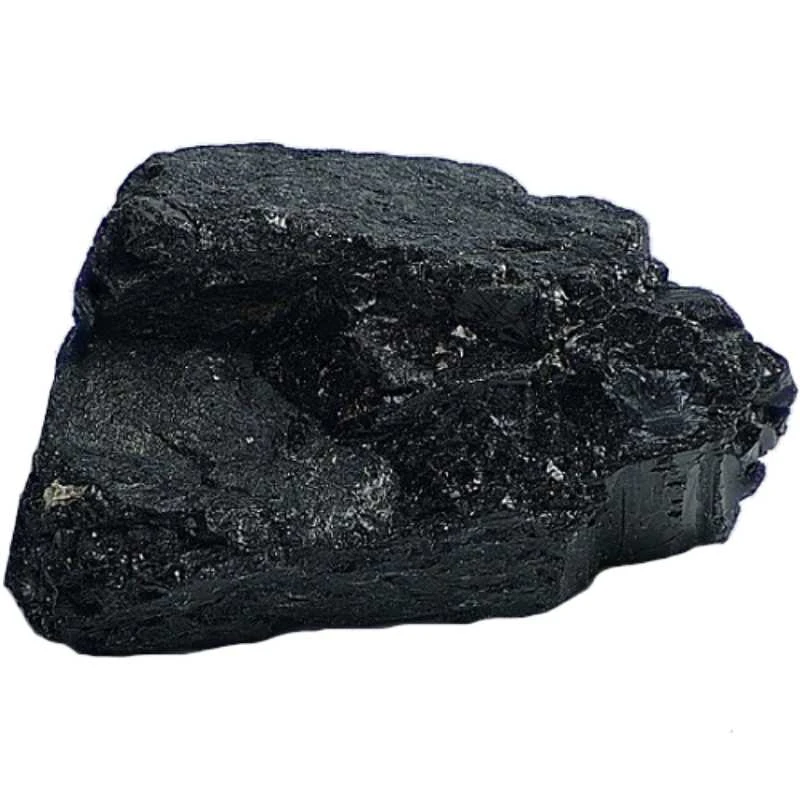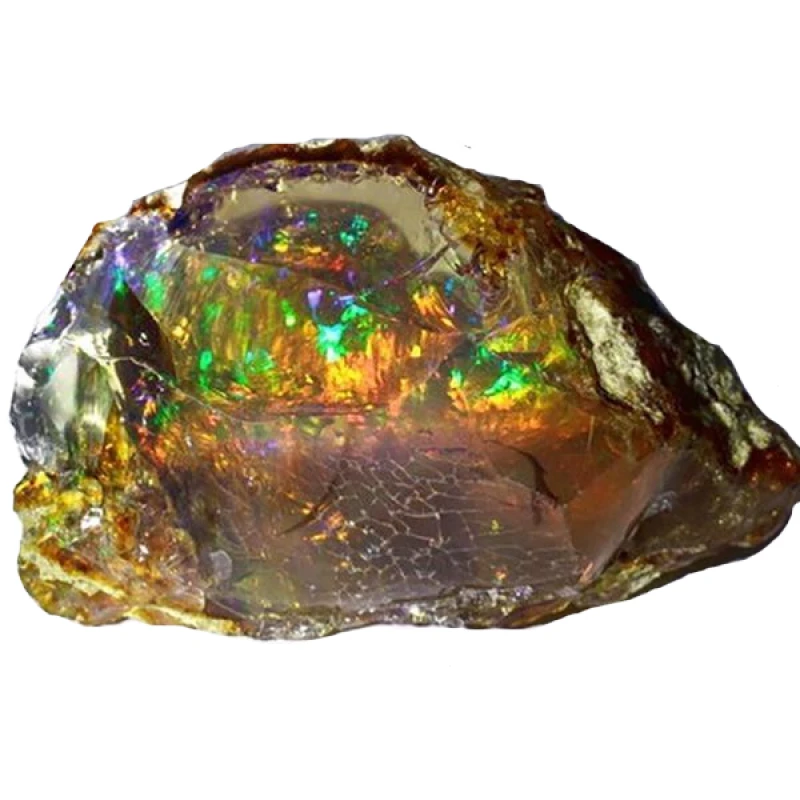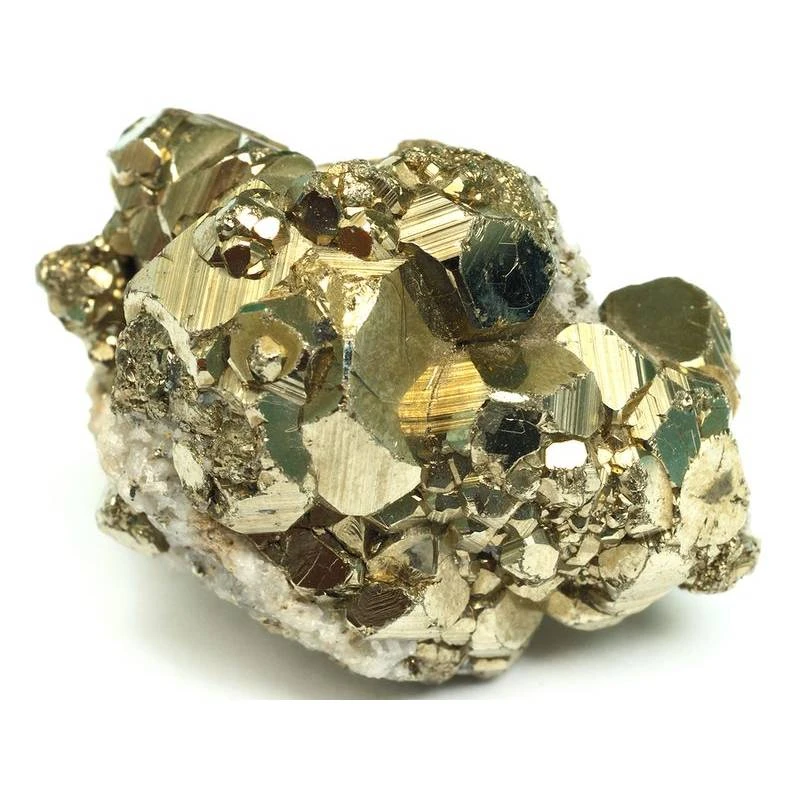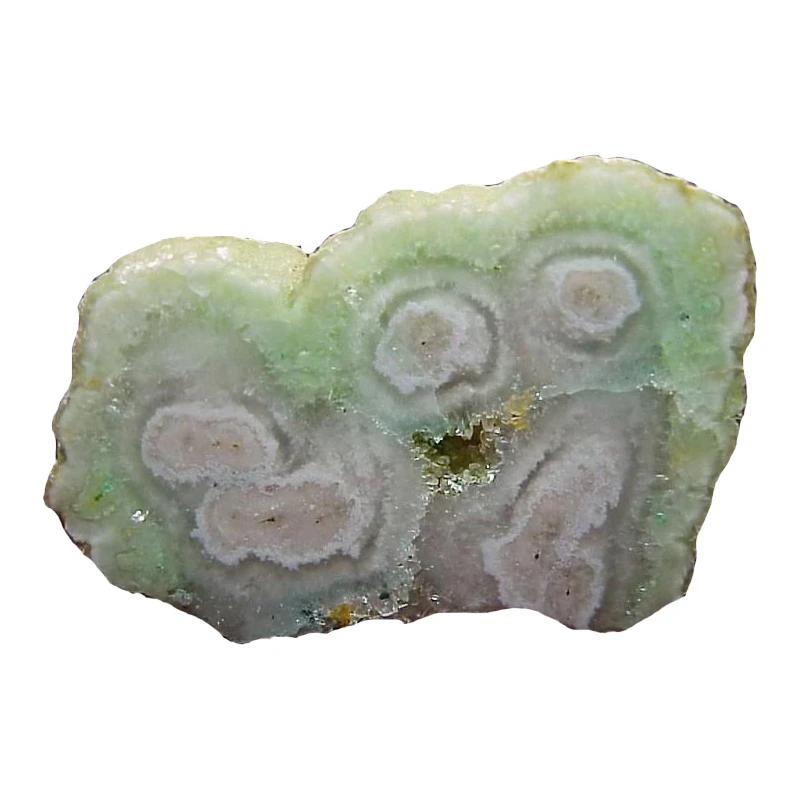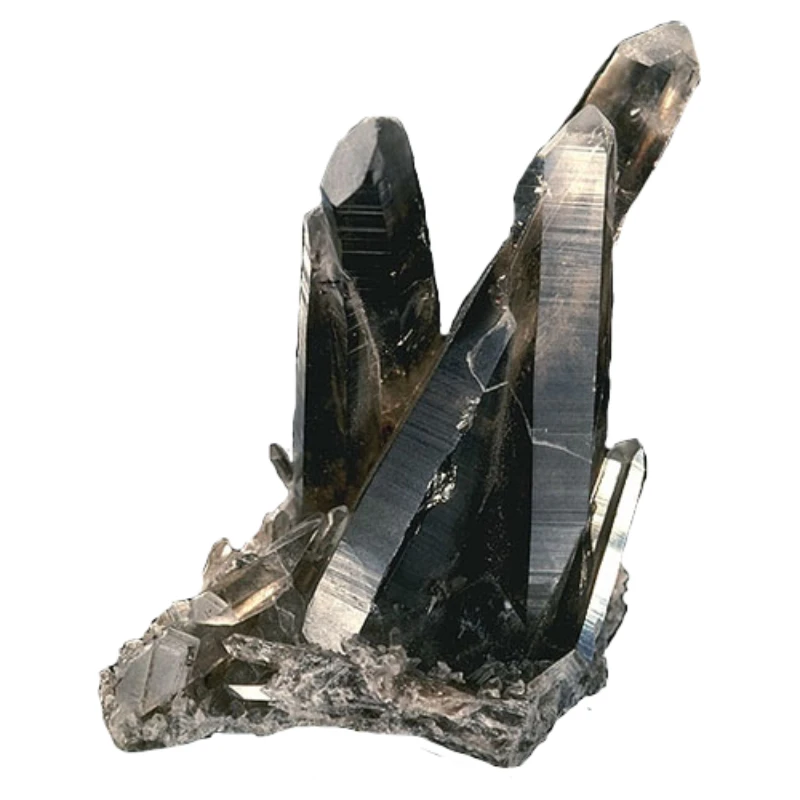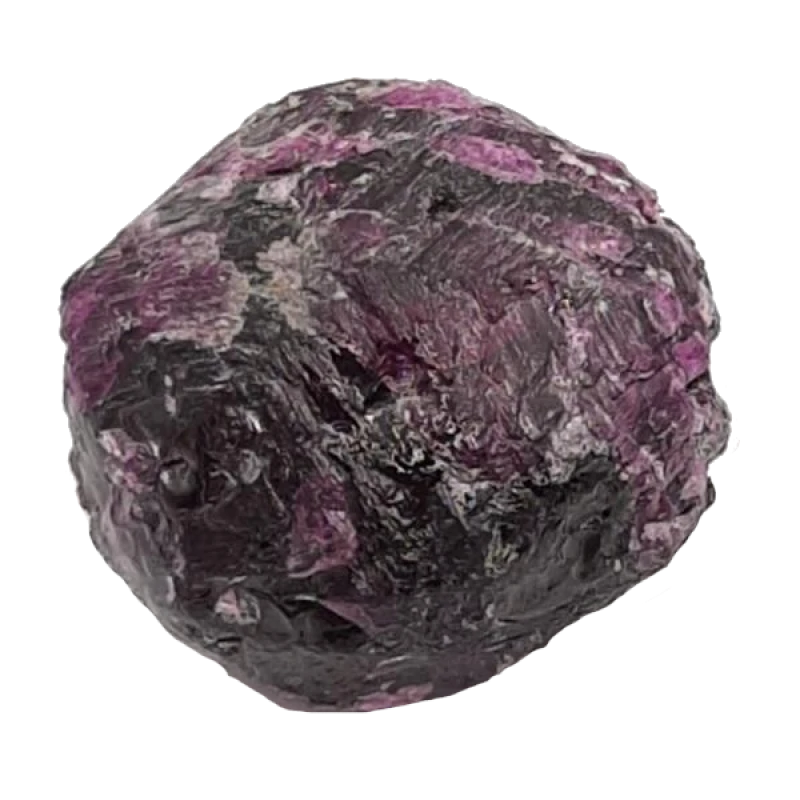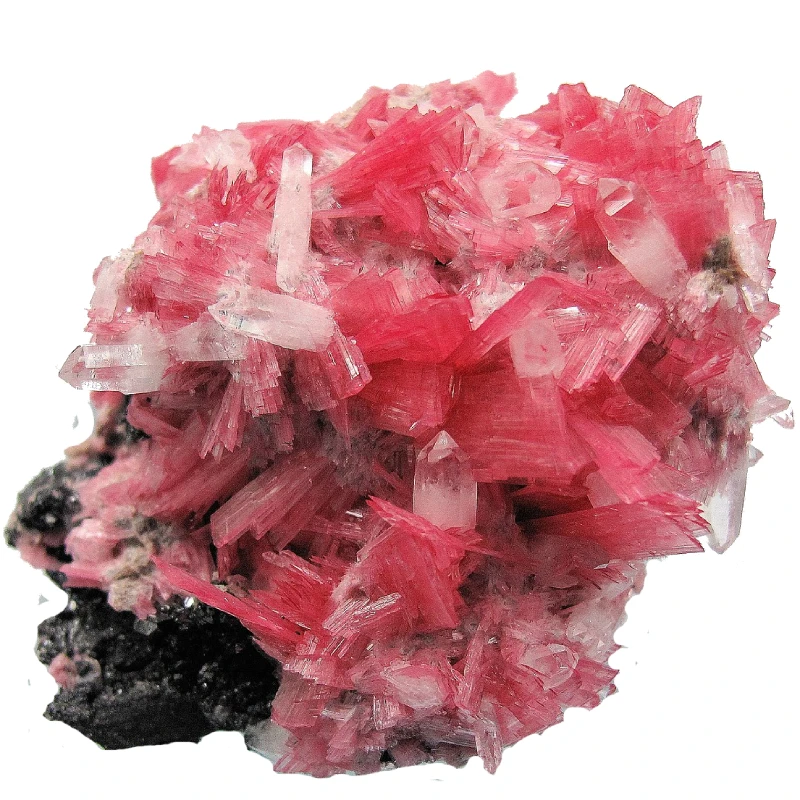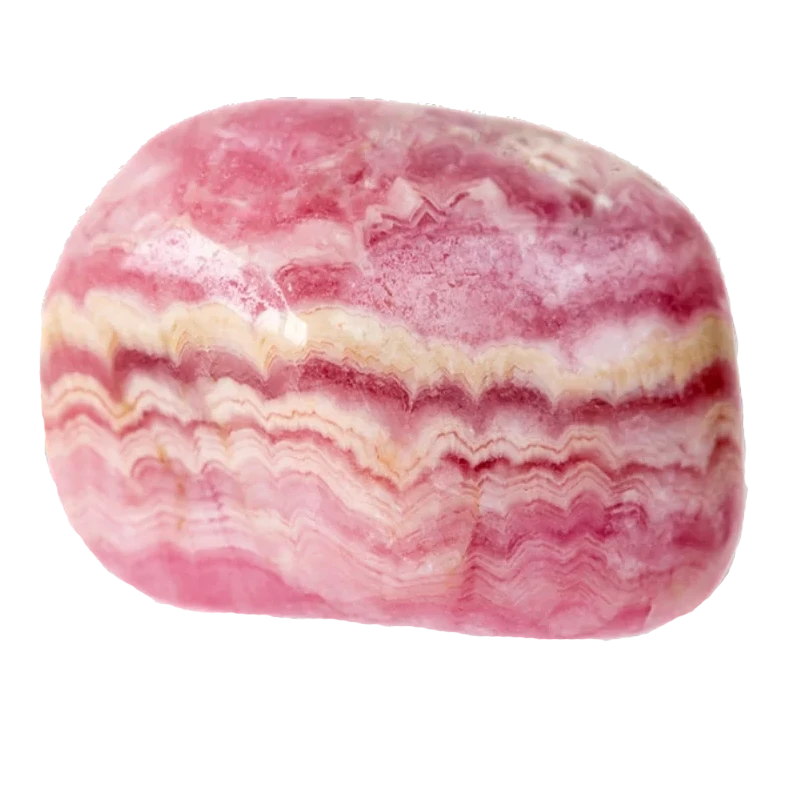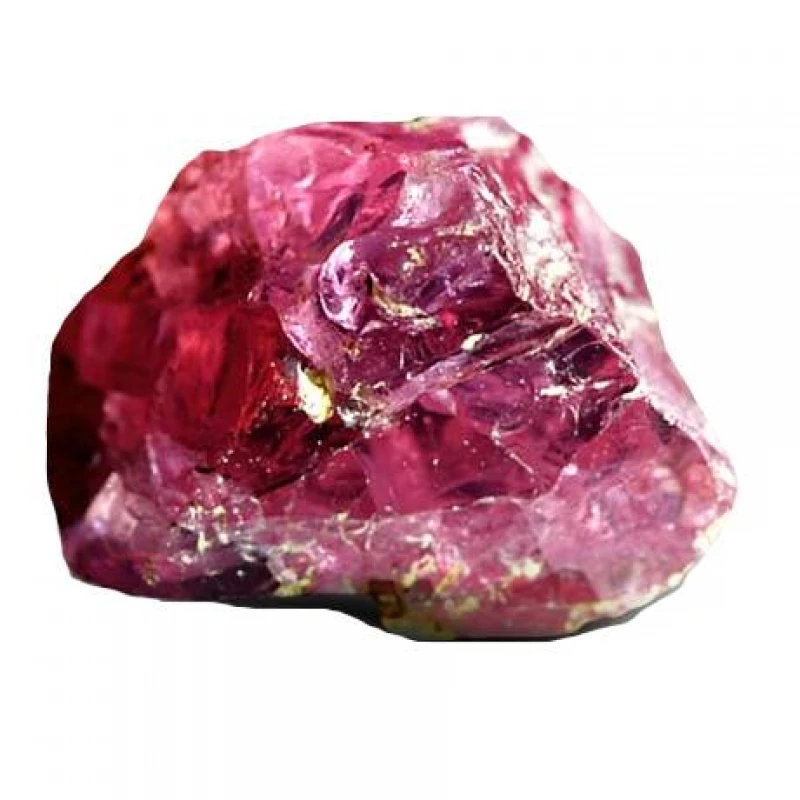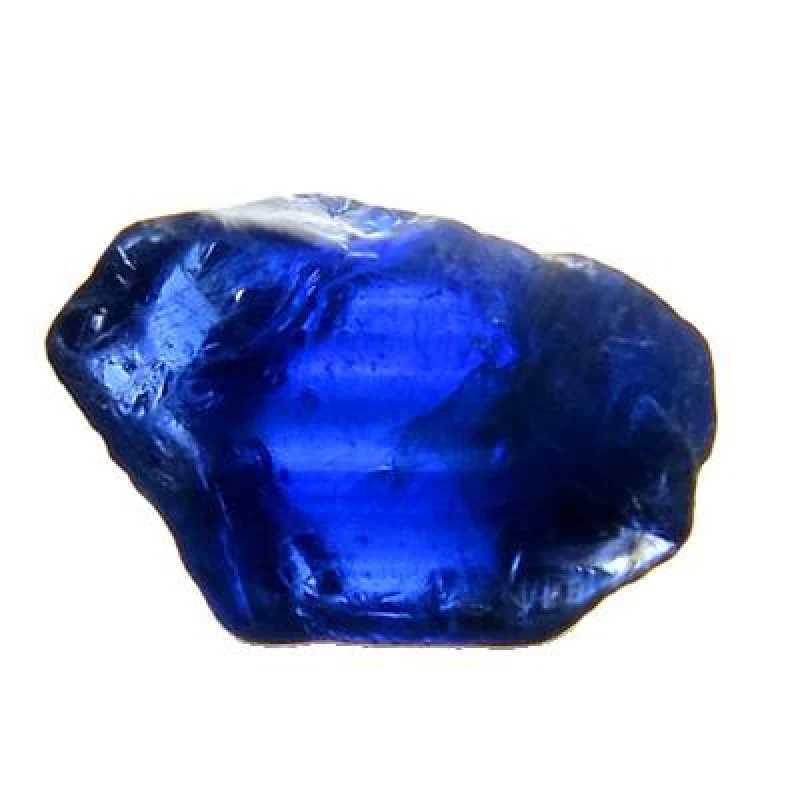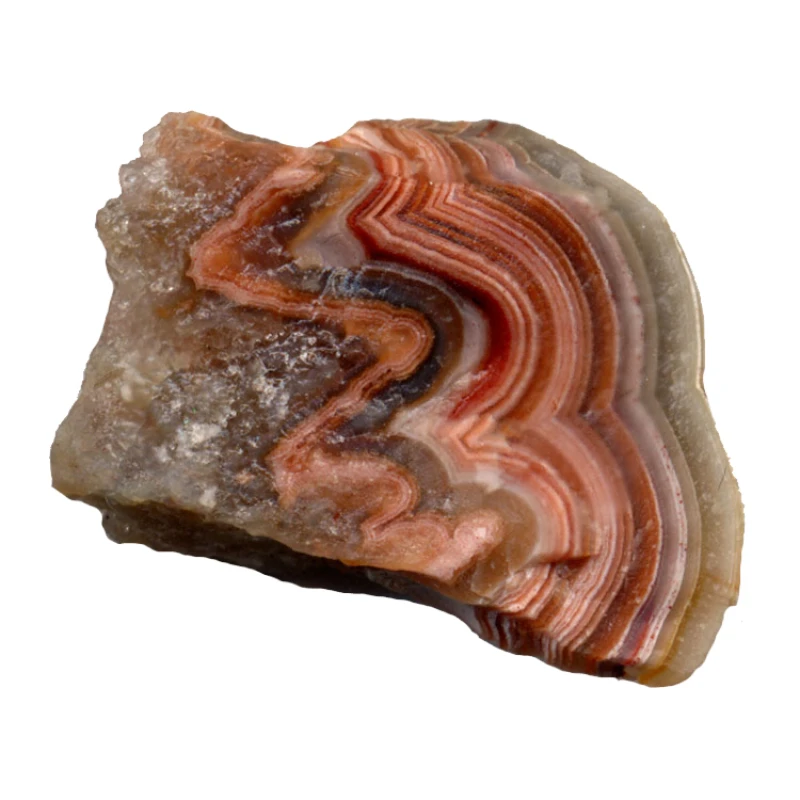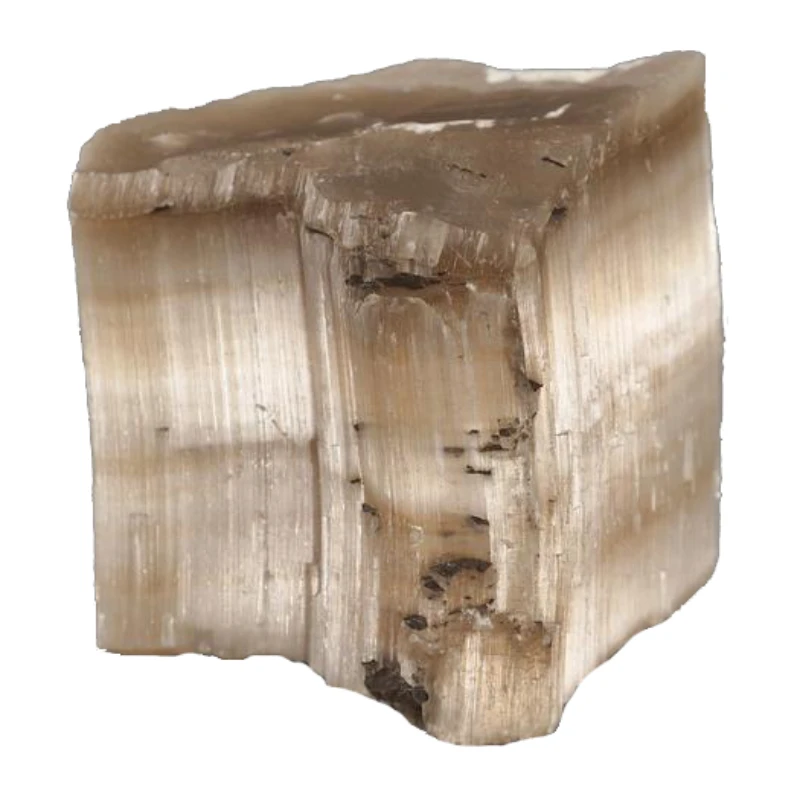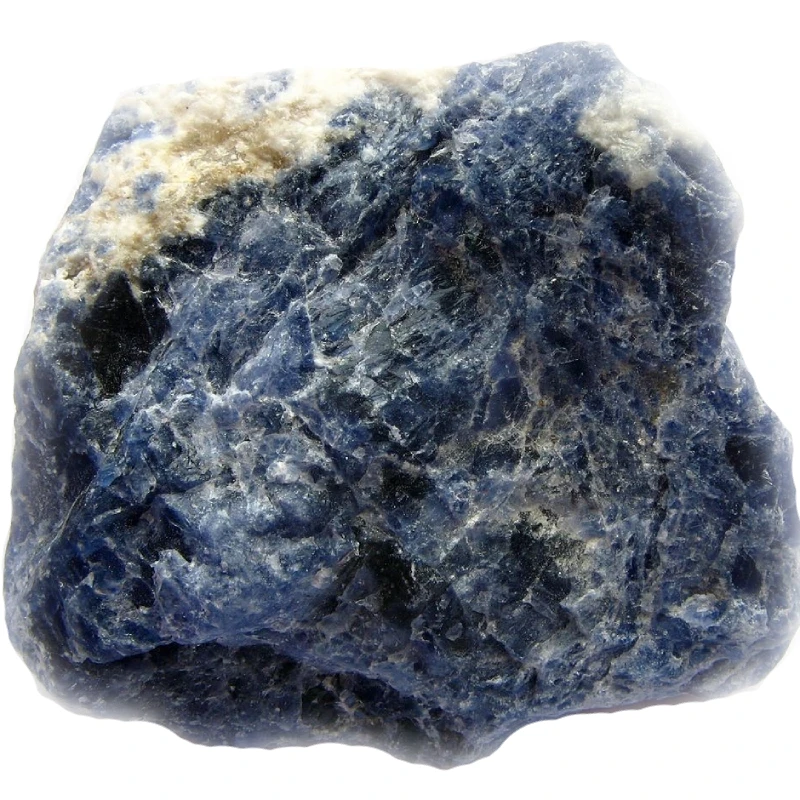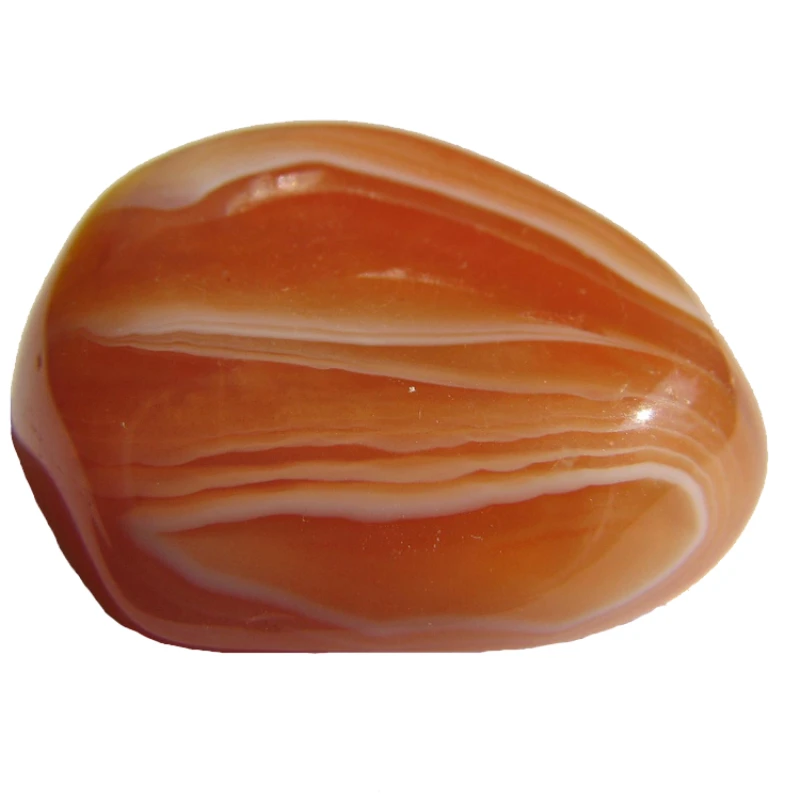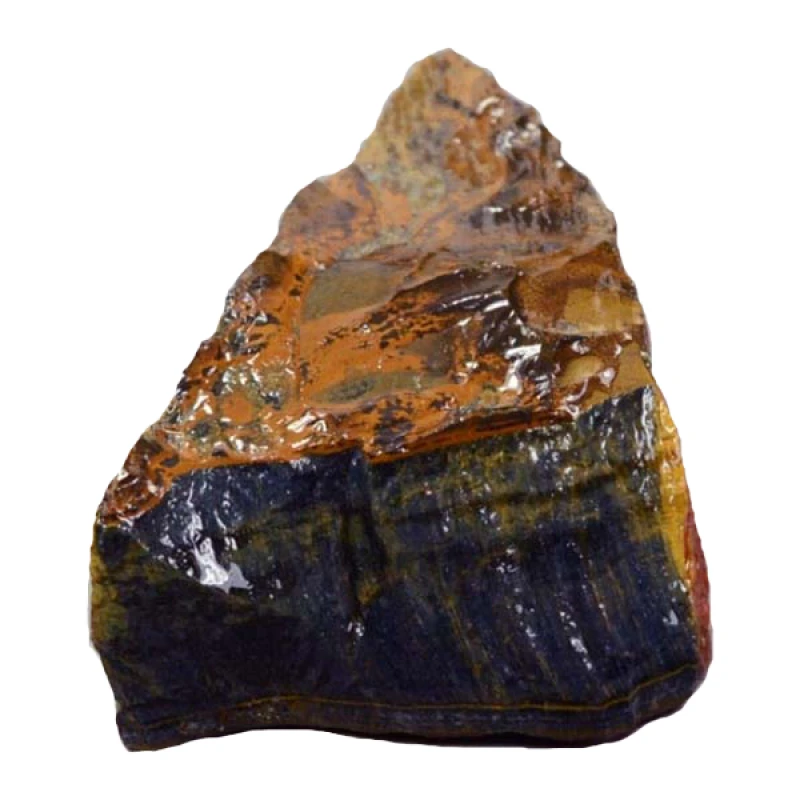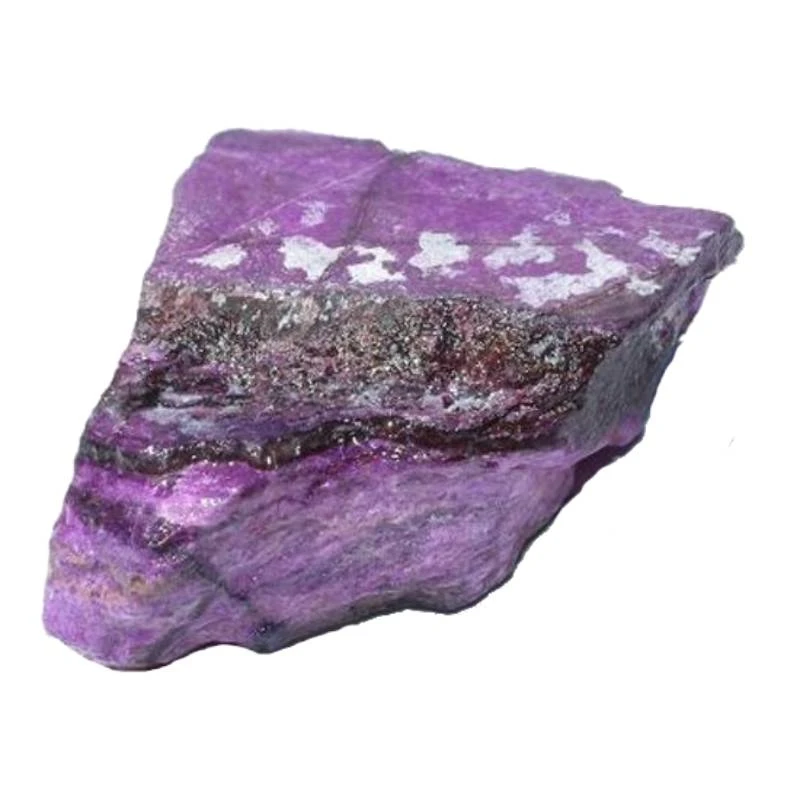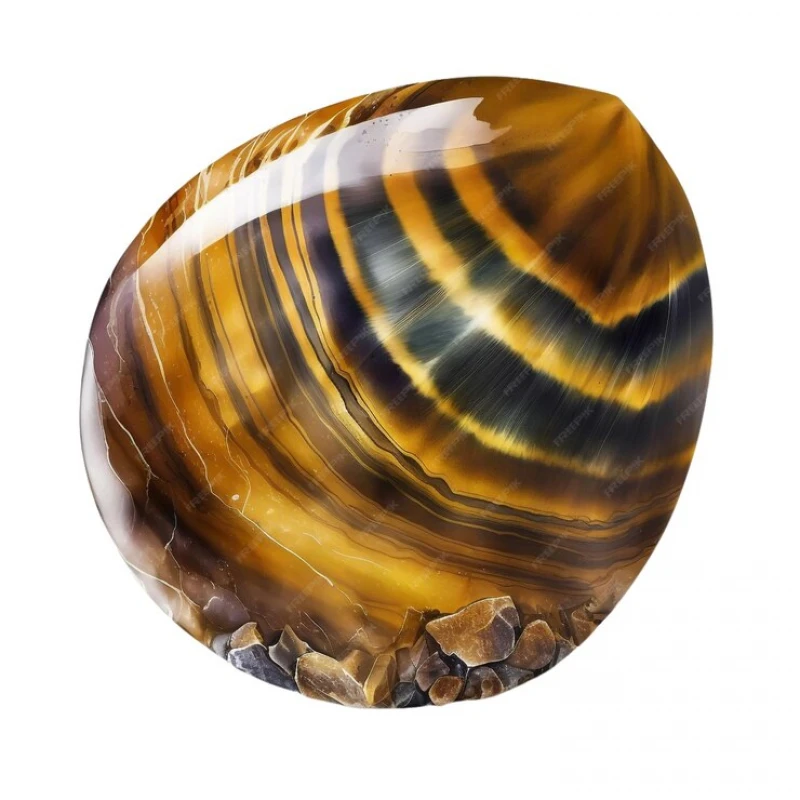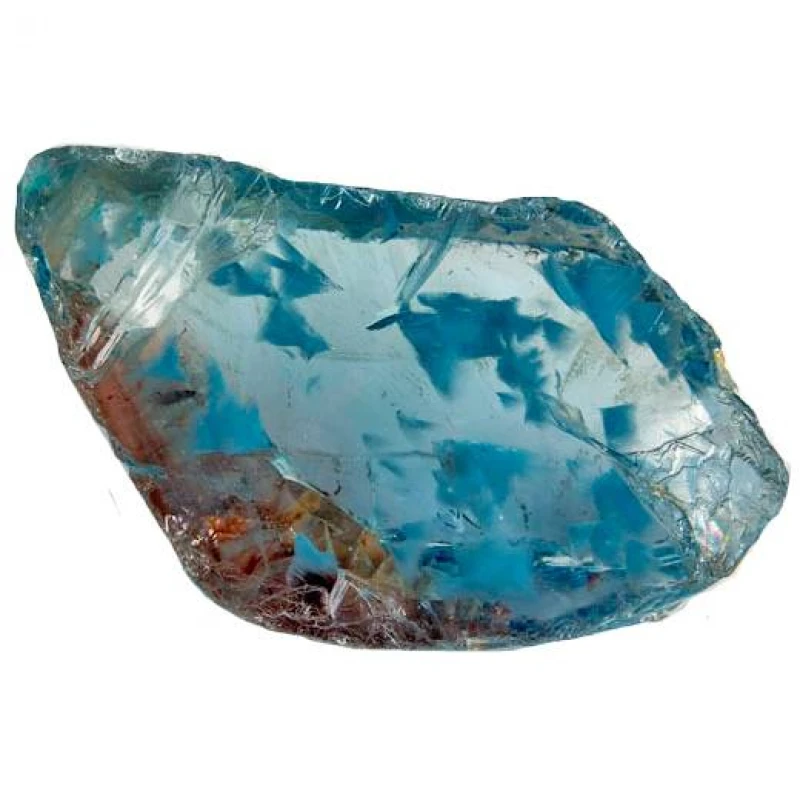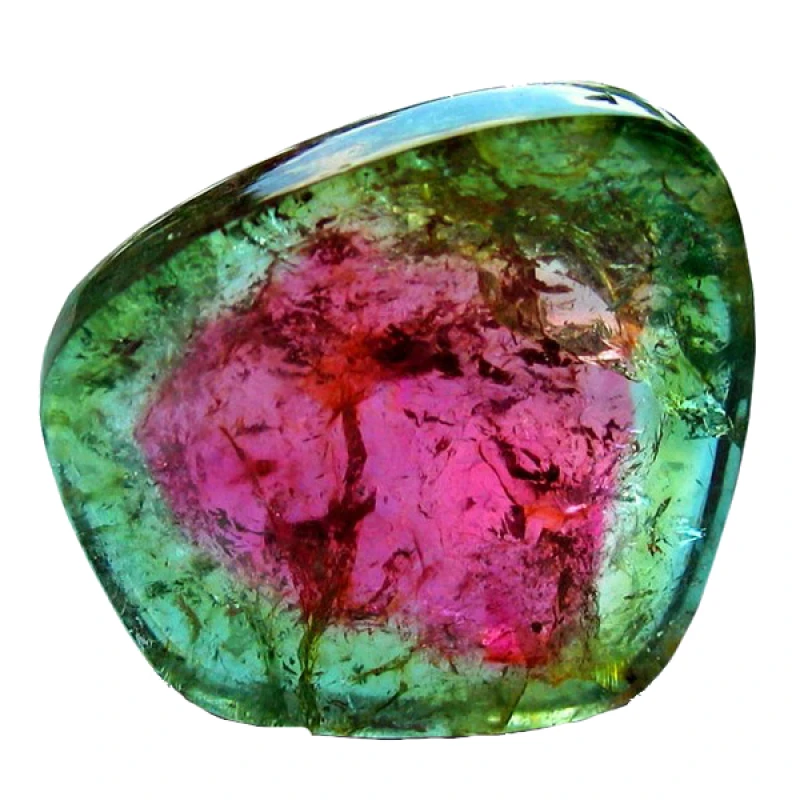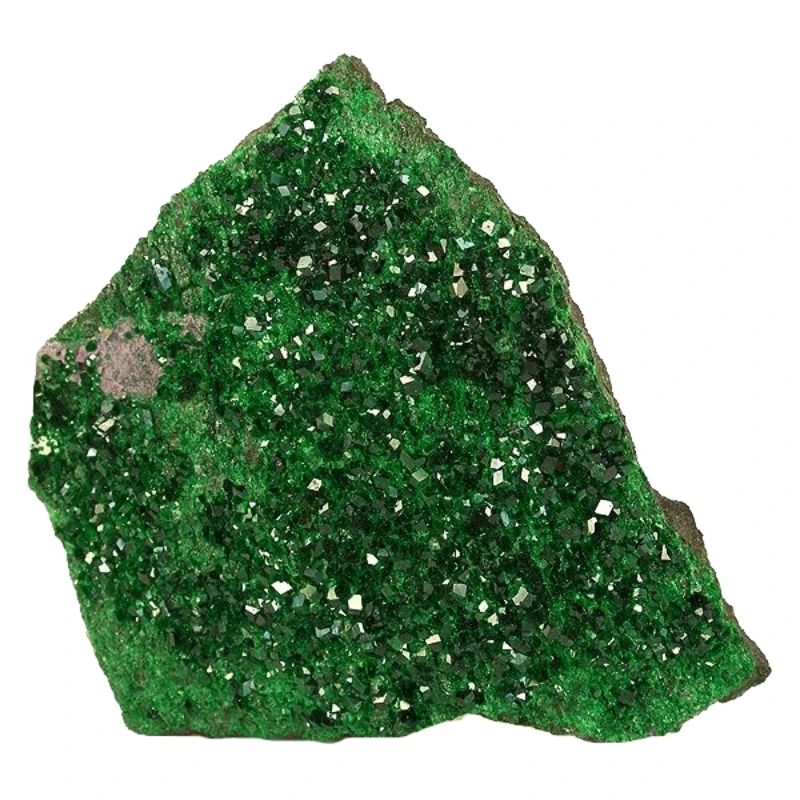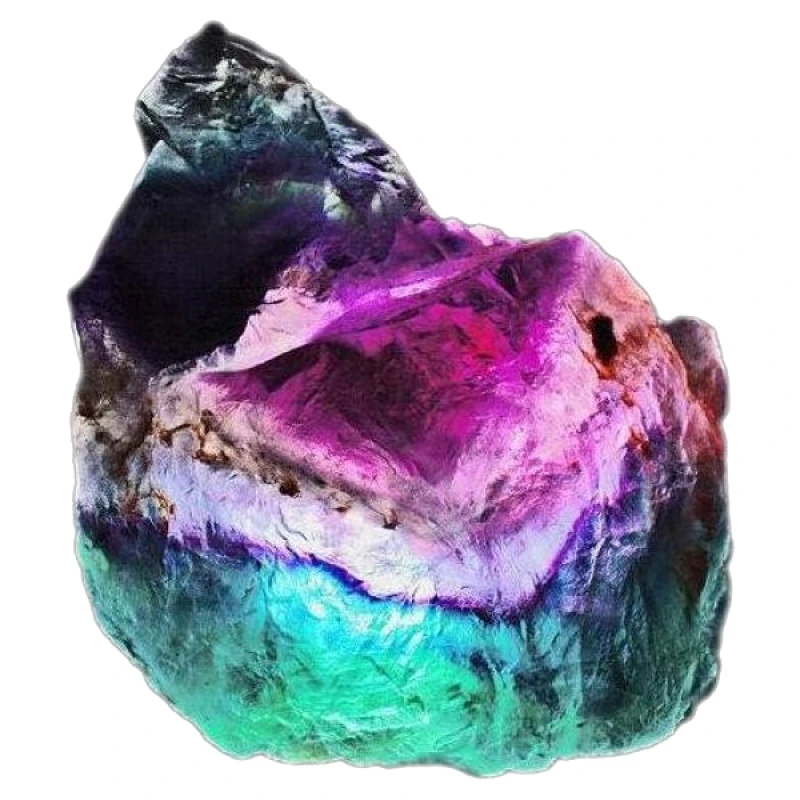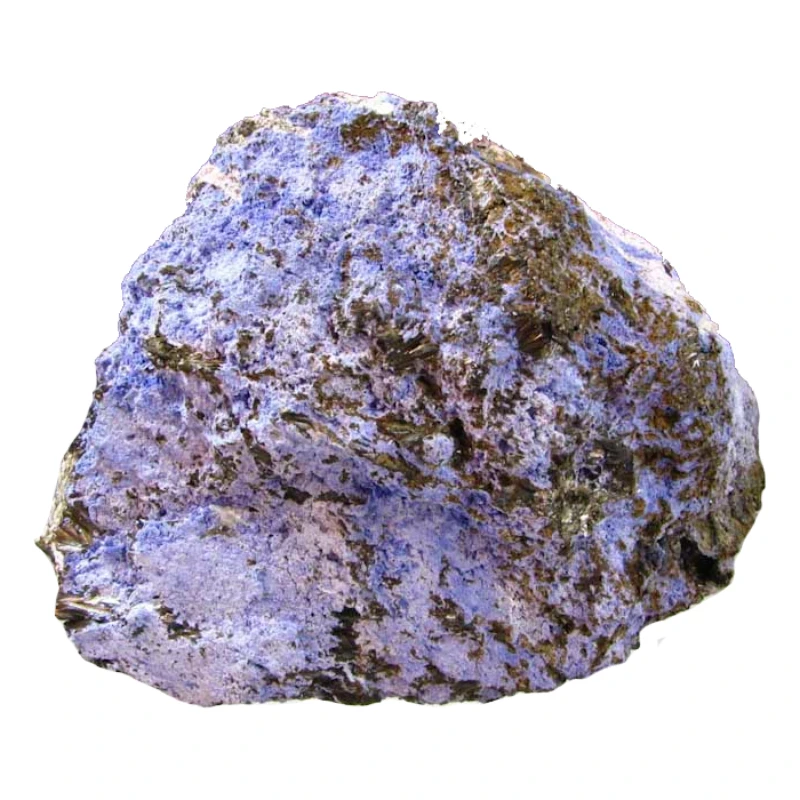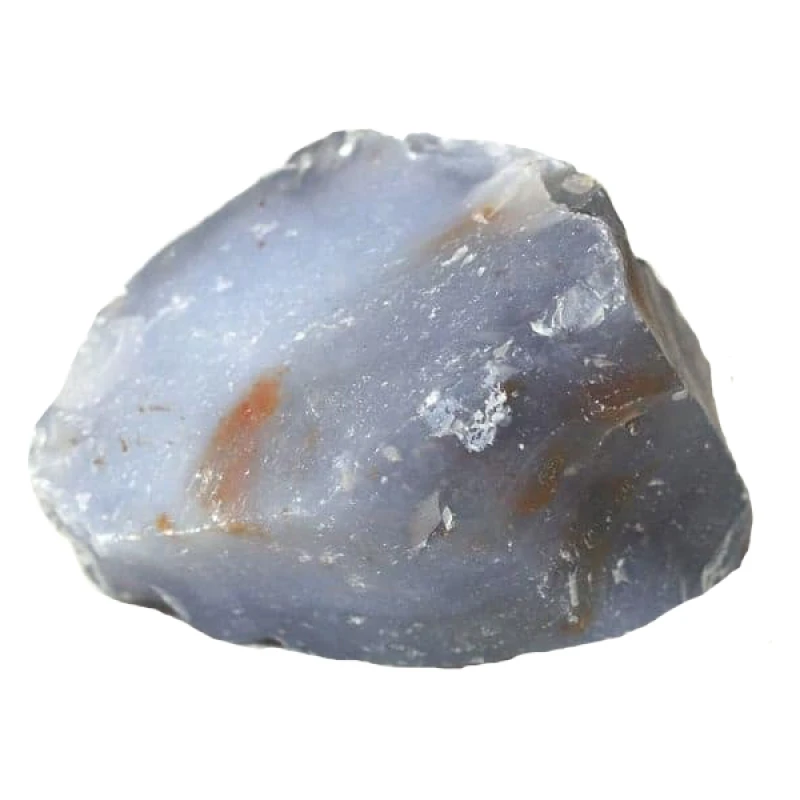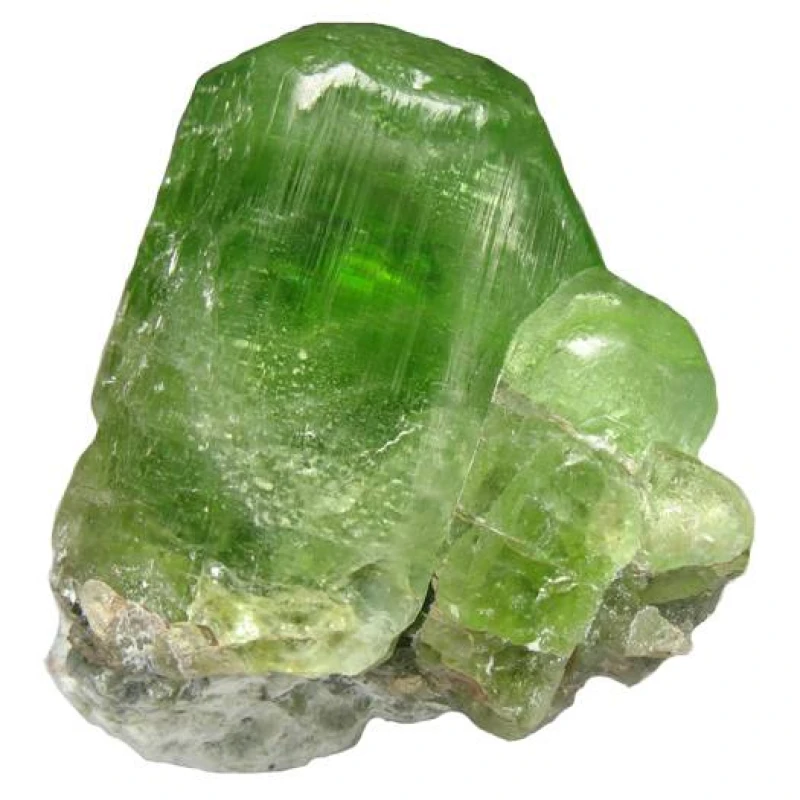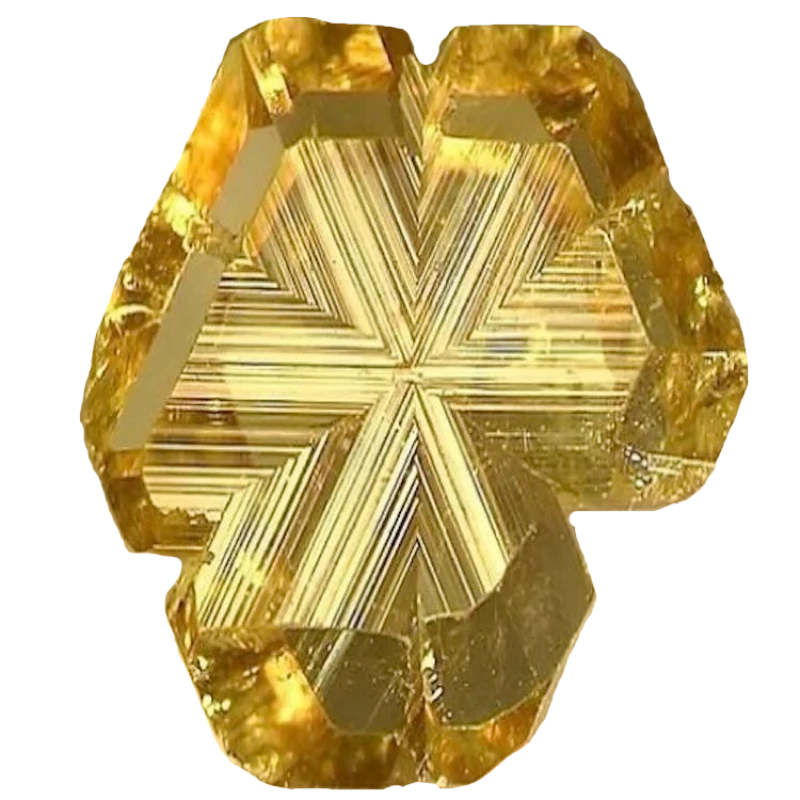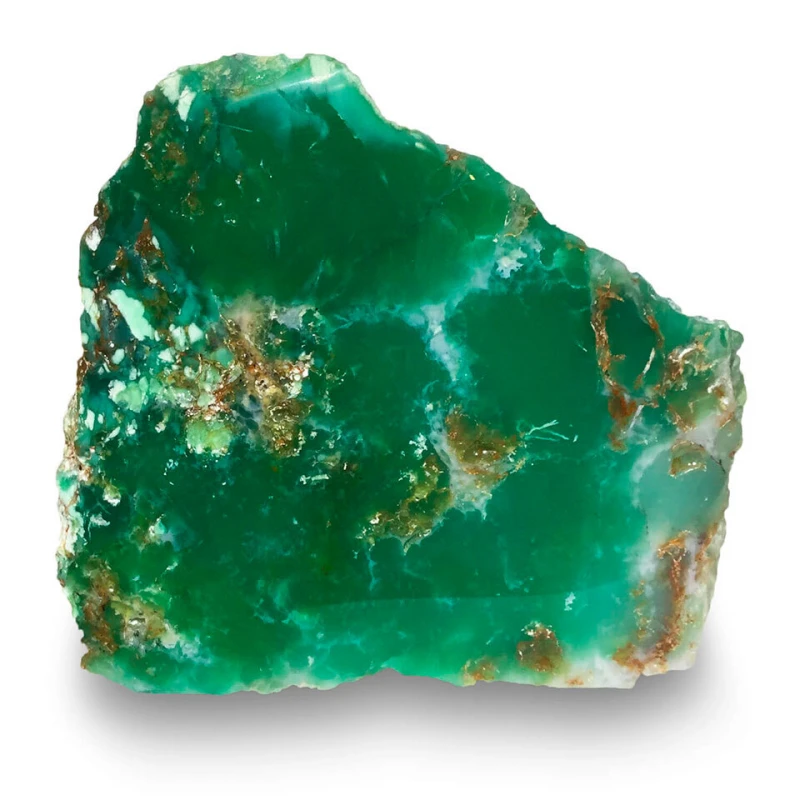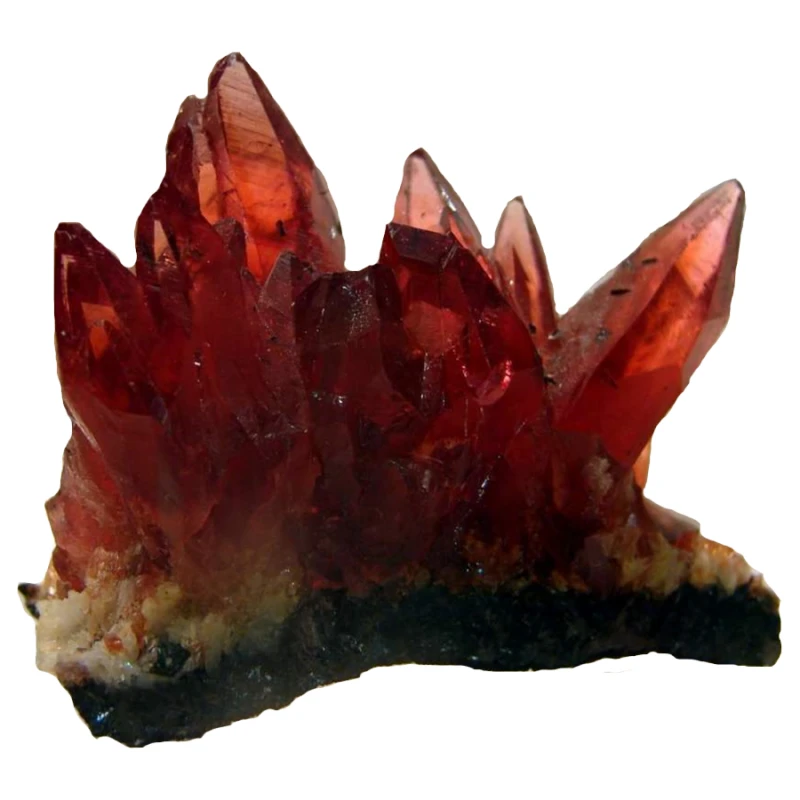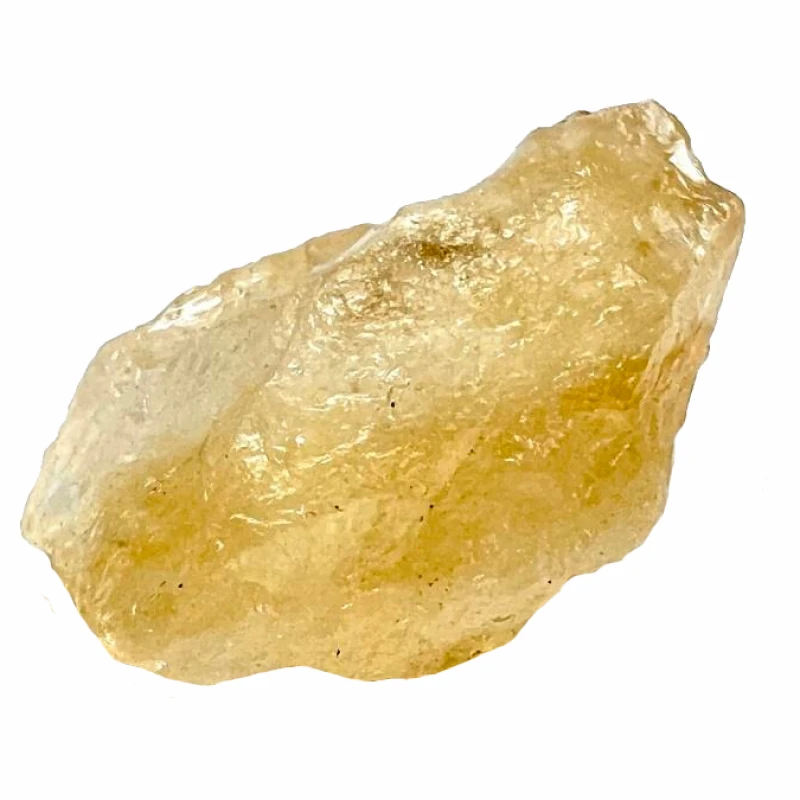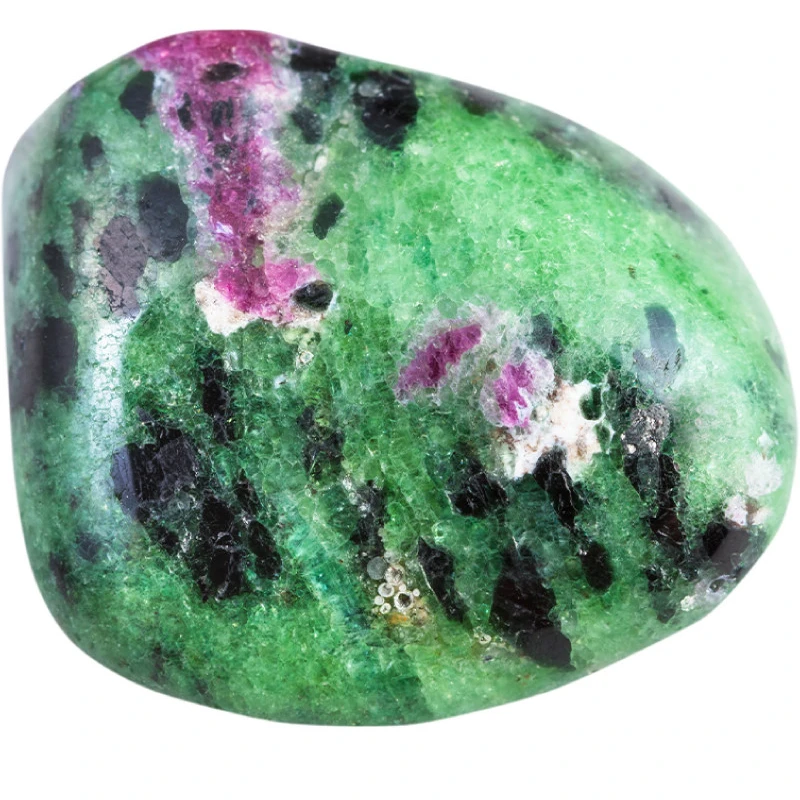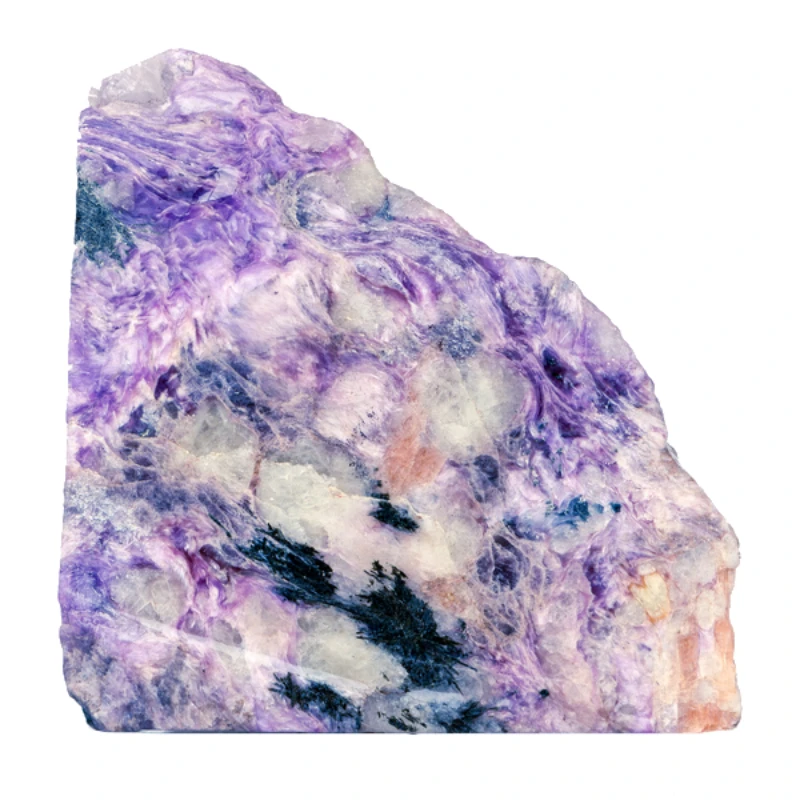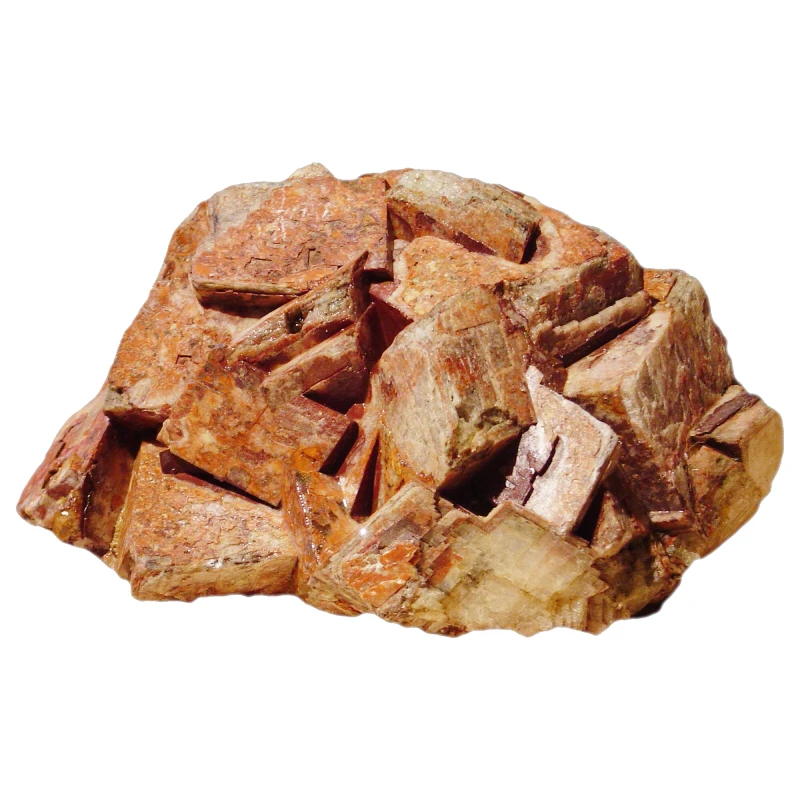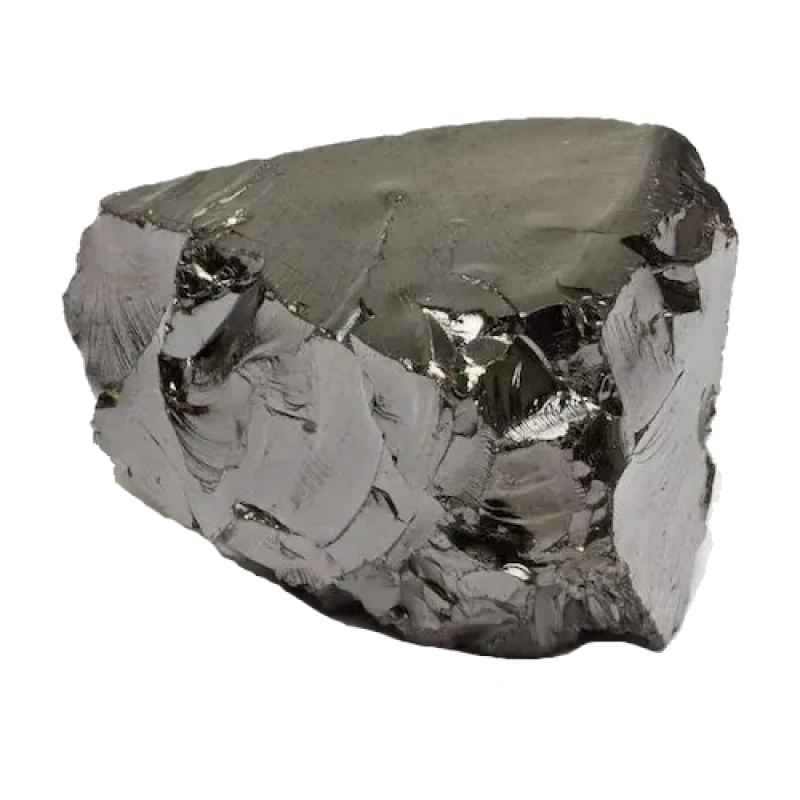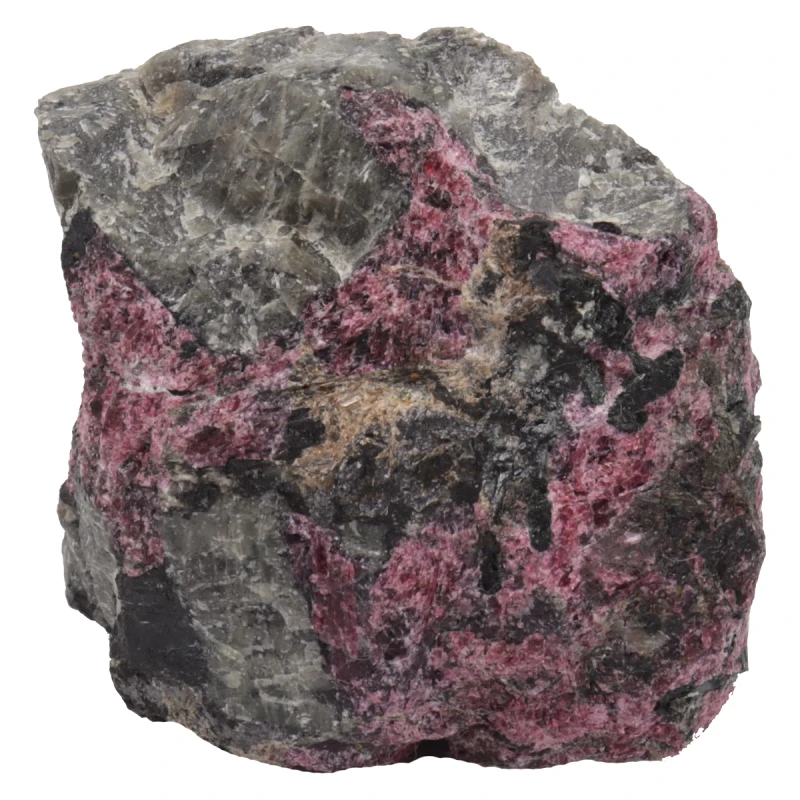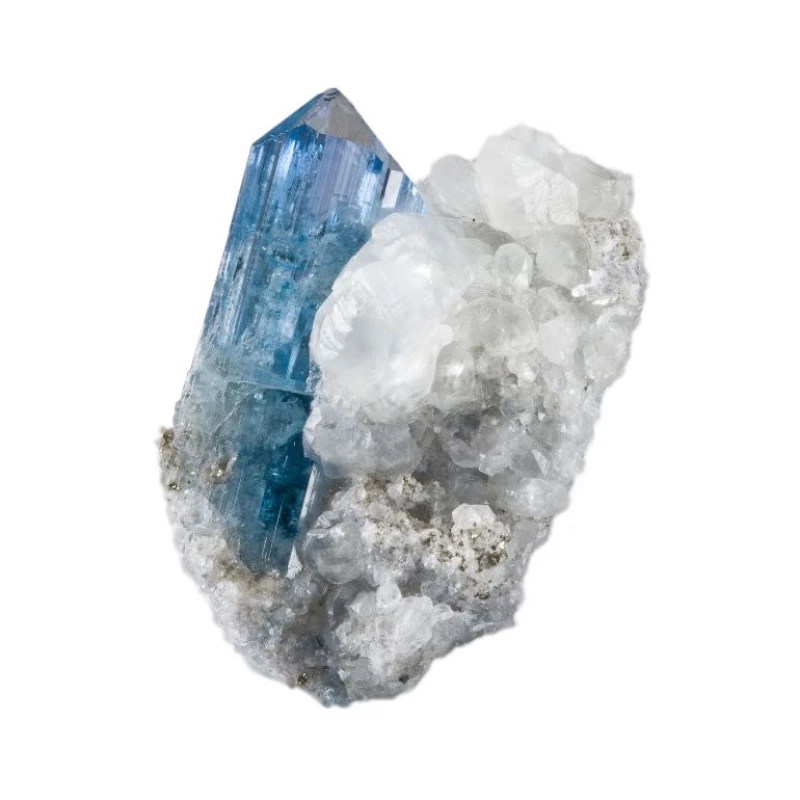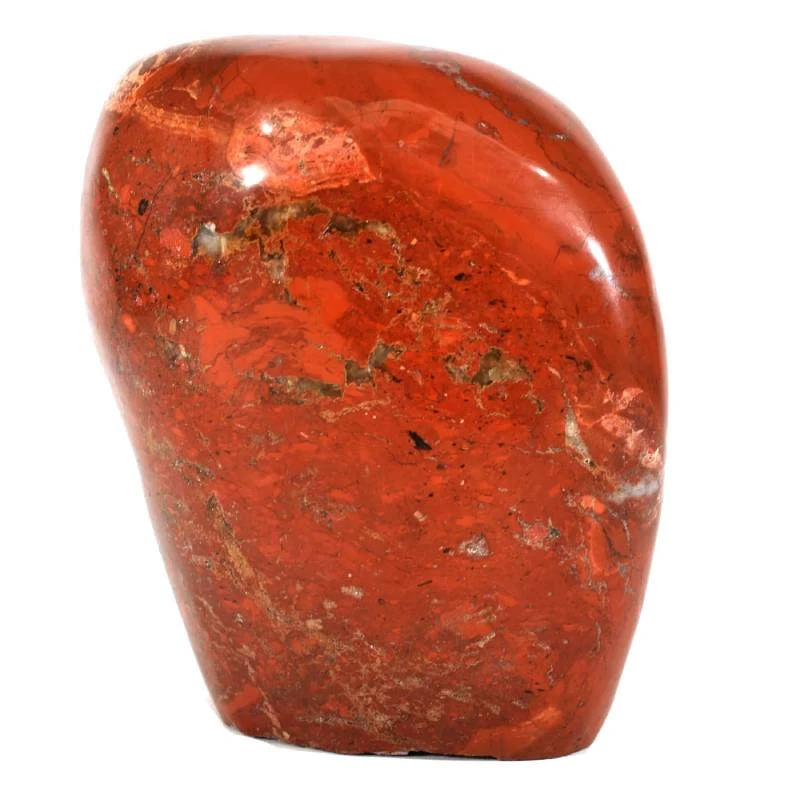Beryl
Stone History
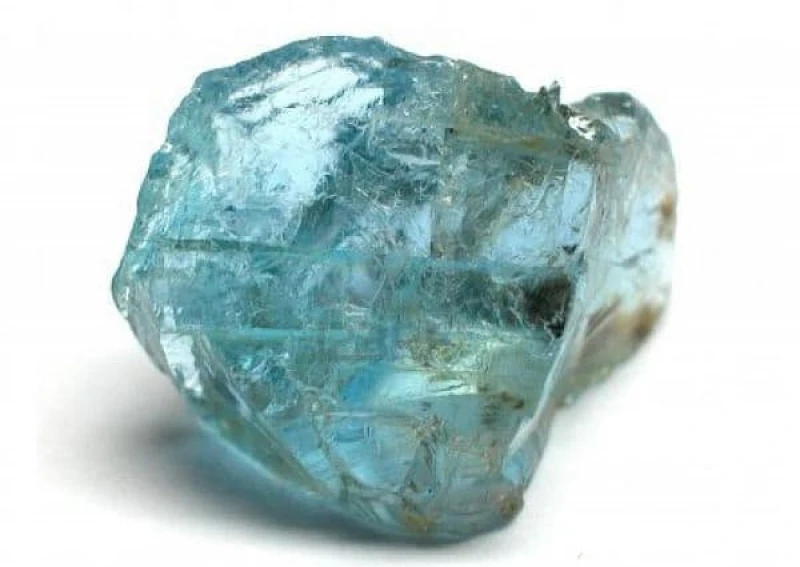
The history of beryl is rich and ancient:
-
Name origin: The name “beryl” comes from the ancient Greek word beryllos, meaning “bluish stone.”
-
Use in jewelry art: Beryl was widely used in ancient times for making jewelry and precious items. Its crystal structure and clarity made it attractive for amulets and adornments.
-
Mythological associations: In ancient myths and legends, beryl was often associated with gods and mystical beings. Its beauty and mystery inspired numerous stories.
-
Use in medicine: In some cultures, beryl was used in traditional medicine to treat various ailments.
-
Popularity in Europe: In the Middle Ages and later, beryl remained popular in Europe for luxurious jewelry and royal ornaments.
-
Mining industry development: With the advancement of technology and mining, beryl began to be extracted in larger quantities and used in various industries.
-
Discovery of new deposits: Over time, new beryl deposits were found across the world, increasing its accessibility.
-
Modern times: Today, beryl is used not only in jewelry but also in optics, electronics, and other technological fields thanks to its unique properties.
Zodiac
Beryl is associated with several zodiac signs. While it can benefit many, it is especially favorable for:
-
Sagittarius – Promotes optimism, intuition, and spiritual growth.
-
Aquarius – Enhances awareness, openness to ideas, and visionary thinking.
-
Cancer – Offers emotional support and protection from negative energy.
-
Virgo – Aids concentration, practical decision-making, and mental clarity.
-
Taurus – Attracts prosperity, boosts stability and inner confidence.
Element
Beryl is associated with the Air element, symbolizing intellect, communication, clarity, and mental energy.
Planet
Beryl is not directly associated with any single planet in astrology, though some traditions may loosely connect its various colors to different planets depending on energy and symbolism.
Colors
Beryl occurs in a variety of shades due to mineral inclusions:
-
Green – Most famous variety (e.g. emerald), colored by chromium or vanadium.
-
Blue – Colored by iron, associated with tranquility and clarity.
-
Yellow/Golden – Colored by iron; symbolizes warmth and creativity.
-
Pink – Known as morganite; colored by manganese, symbolizing love and tenderness.
-
Red – Rarest form; colored by manganese, linked to passion and vitality.
Chakra
Depending on color, beryl may influence various chakras:
-
Crown (Sahasrara) – Spiritual insight, connection to higher realms.
-
Third Eye (Ajna) – Intuition, mental clarity, foresight.
-
Throat (Vishuddha) – Expression, truth, communication (especially morganite and heliodor).
-
Heart (Anahata) – Love, compassion, emotional healing.
-
Solar Plexus (Manipura) – Confidence, willpower, personal strength.
-
Sacral (Svadhisthana) – Creativity, sexuality, emotional flow.
-
Root (Muladhara) – Grounding, physical stability, security.
Magical Properties
Beryl is known for the following magical attributes:
-
Spiritual development – Enhances inner wisdom and intuitive insight.
-
Protection and cleansing – Shields against negativity, purifies aura.
-
Communication – Improves articulation and interpersonal harmony.
-
Love and passion – Especially pink beryl; opens the heart to love.
-
Clarity and wisdom – Promotes rational thinking and conscious decisions.
-
Creativity and self-expression – Stimulates artistic inspiration and personal voice.
-
Success and prosperity – Red beryl is linked to ambition and abundance.
Healing Properties
Beryl is believed to offer several holistic benefits:
-
Stress relief – Soothes nerves and promotes calm.
-
Energy balance – Clears blockages, restores harmony.
-
Immune support – May enhance natural defenses and vitality.
-
Sleep improvement – Encourages relaxation and better rest.
-
Emotional strength – Supports mental resilience and self-trust.
-
Cardiovascular health – Some associate it with heart and circulation support.
Mining Locations
Beryl is mined in many regions worldwide. Major deposits include:
-
Brazil – Minas Gerais and Espírito Santo.
-
Colombia – Notable deposits in Empedrados.
-
Russia – Found in the Urals and Karelia.
-
USA – Colorado (notably Park County), California, Nevada.
-
Madagascar – Especially in the Antsirabe region.
-
Nigeria – Notably in Nasarawa State.
Other articles in this section
